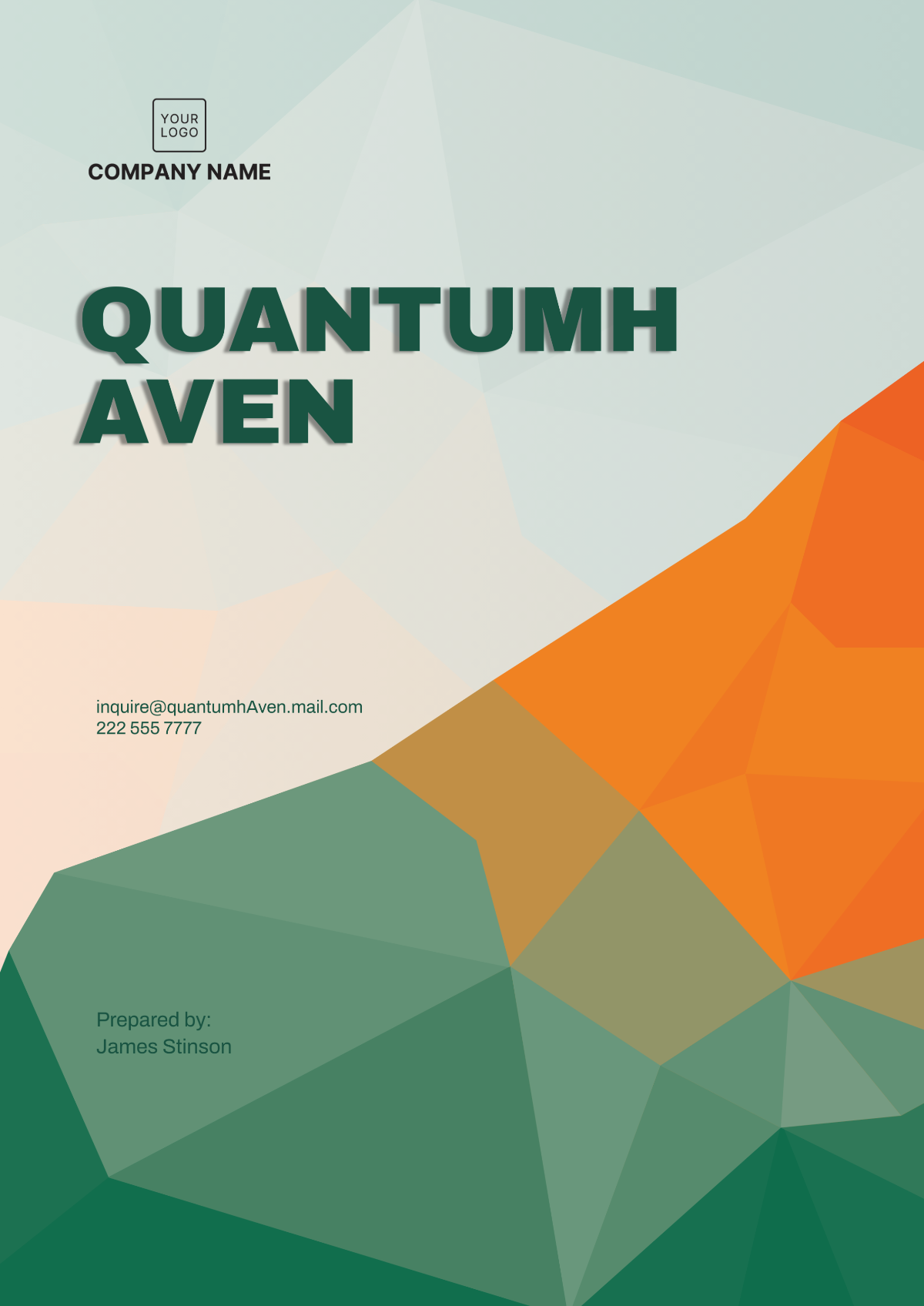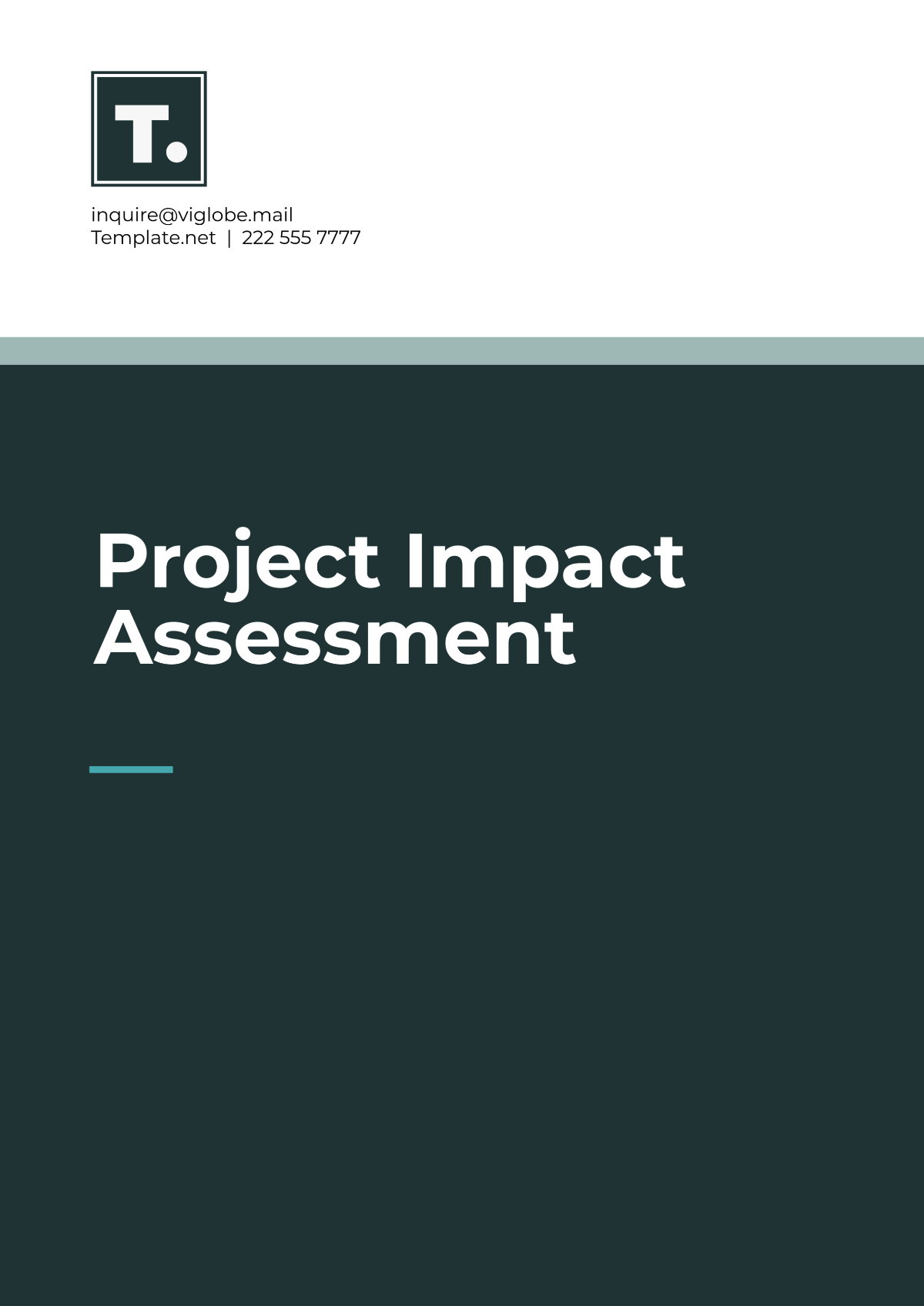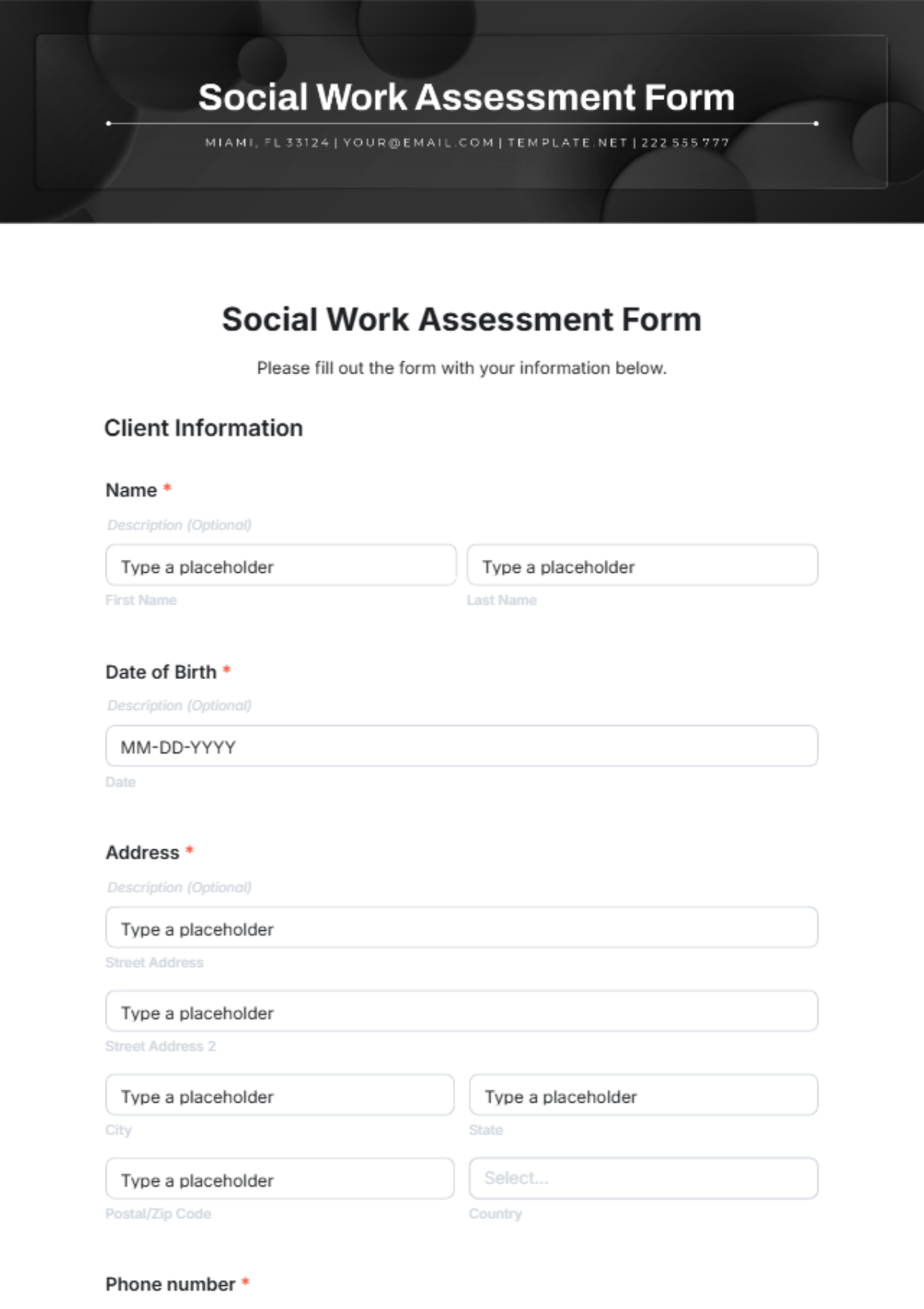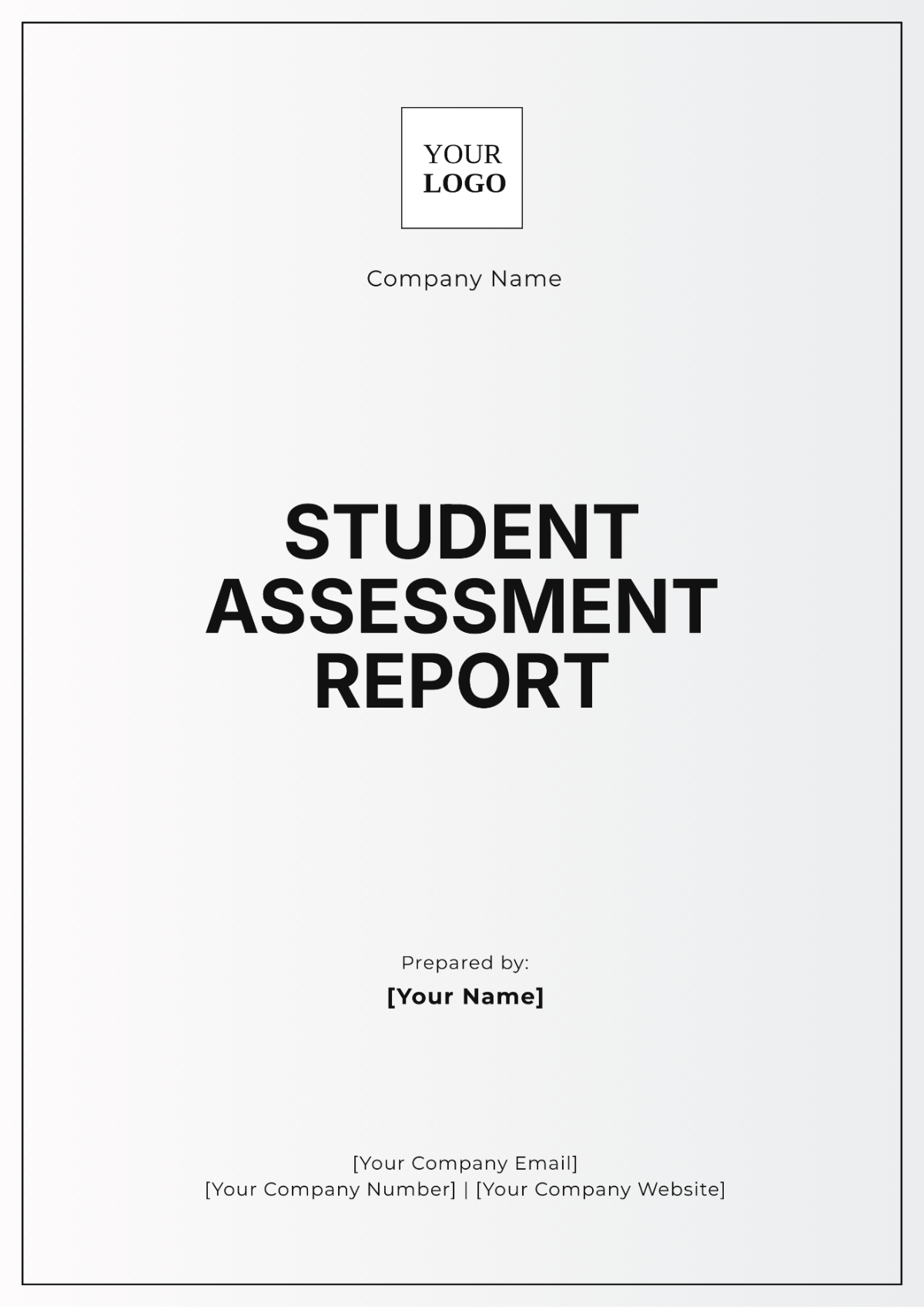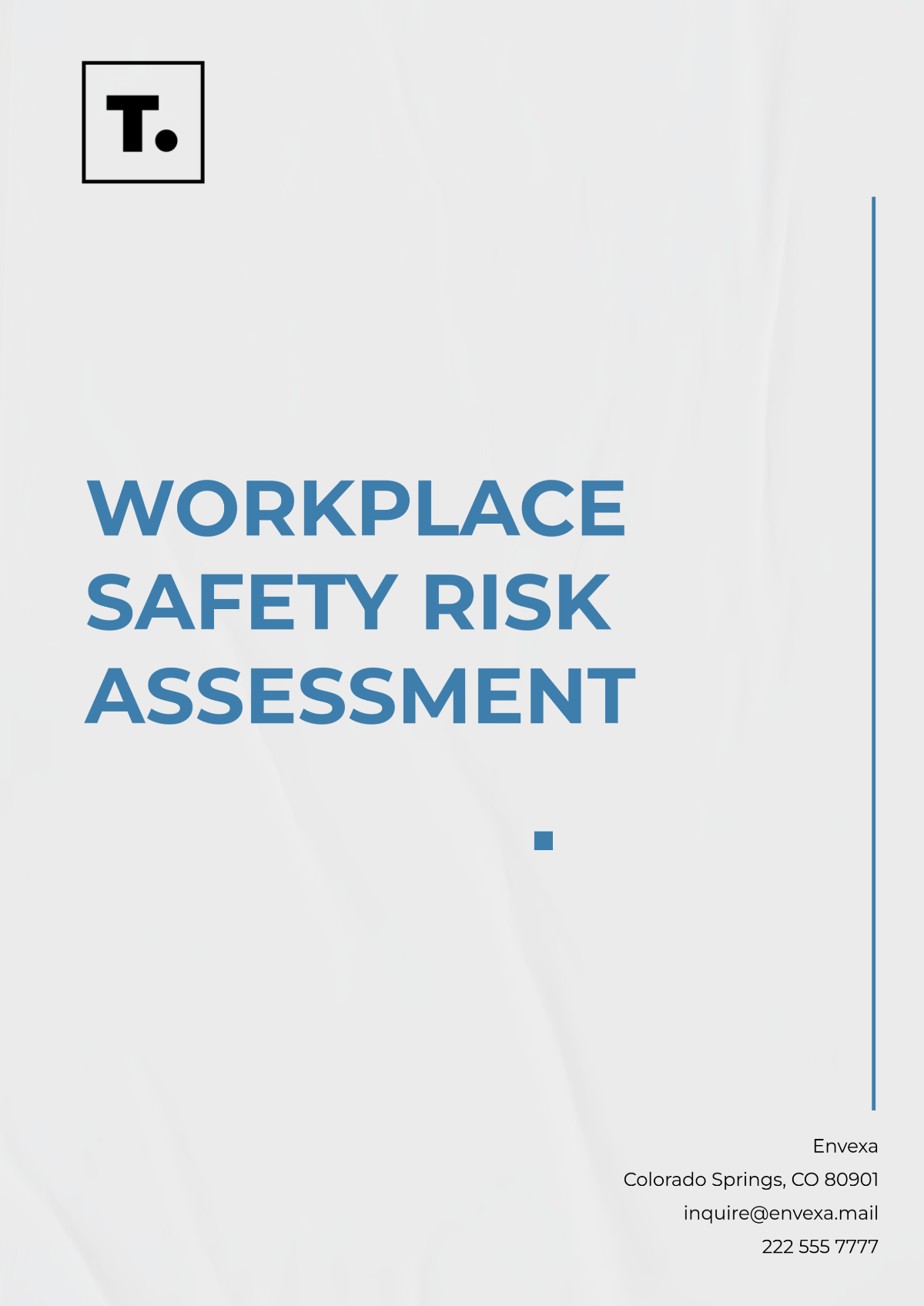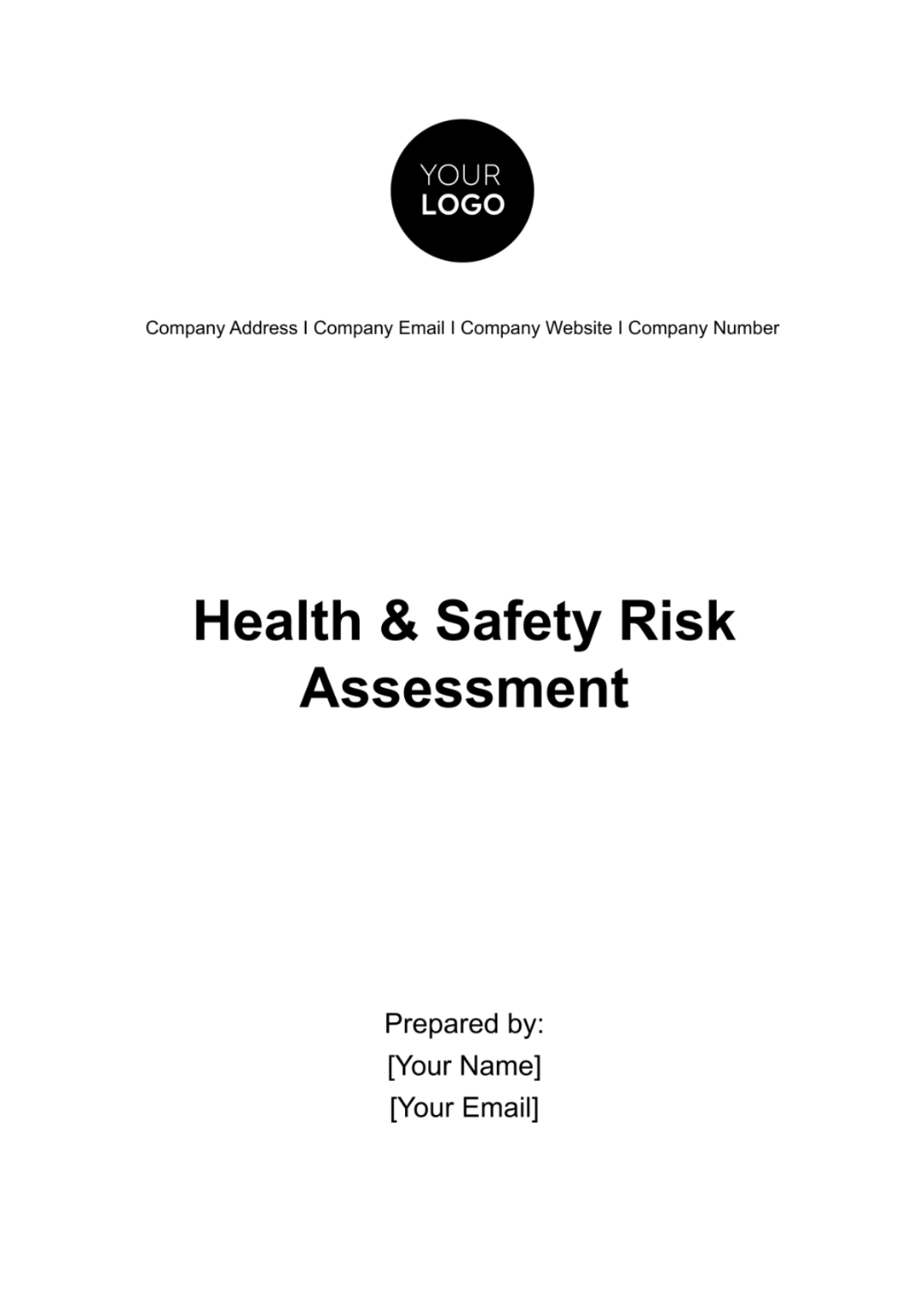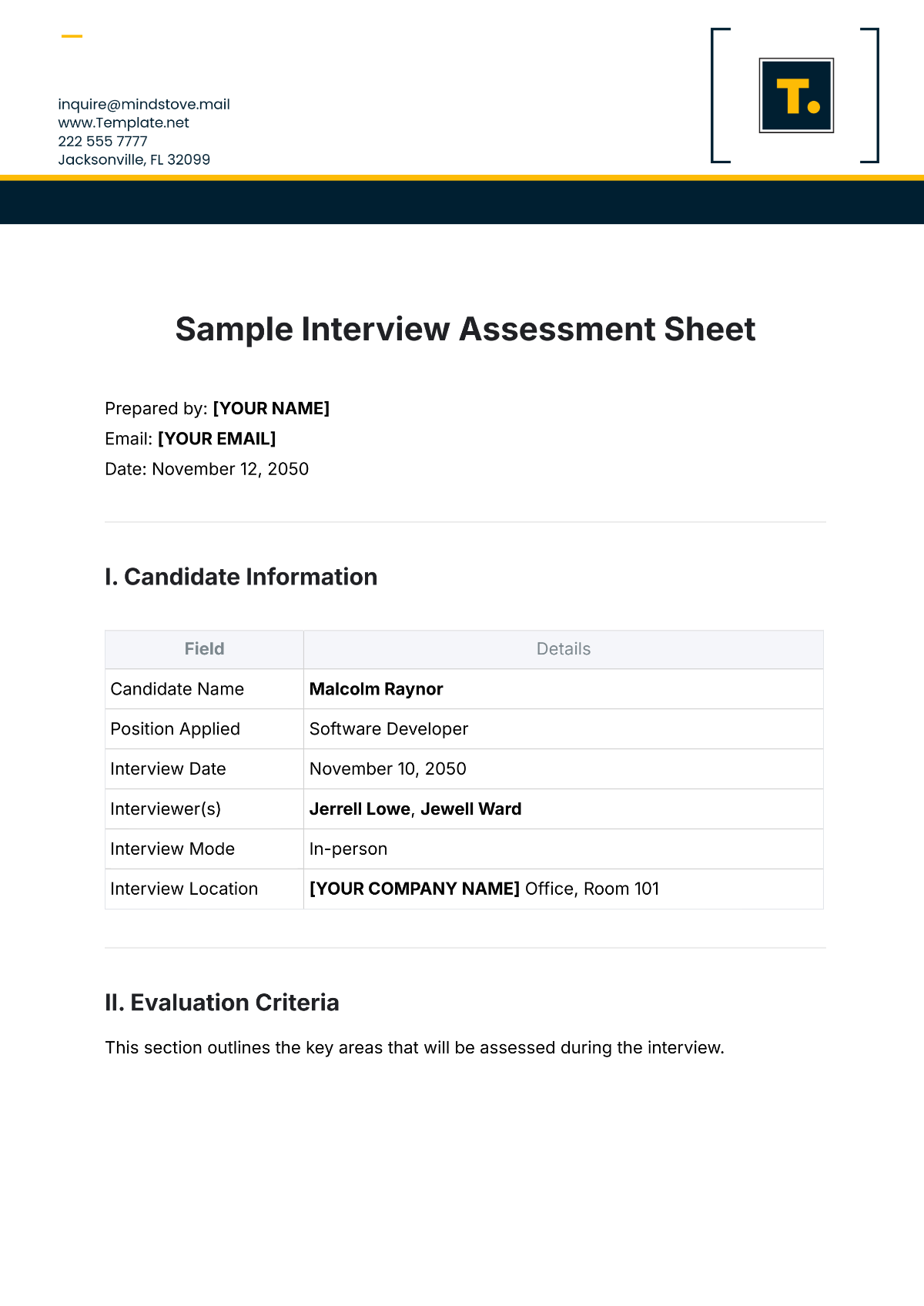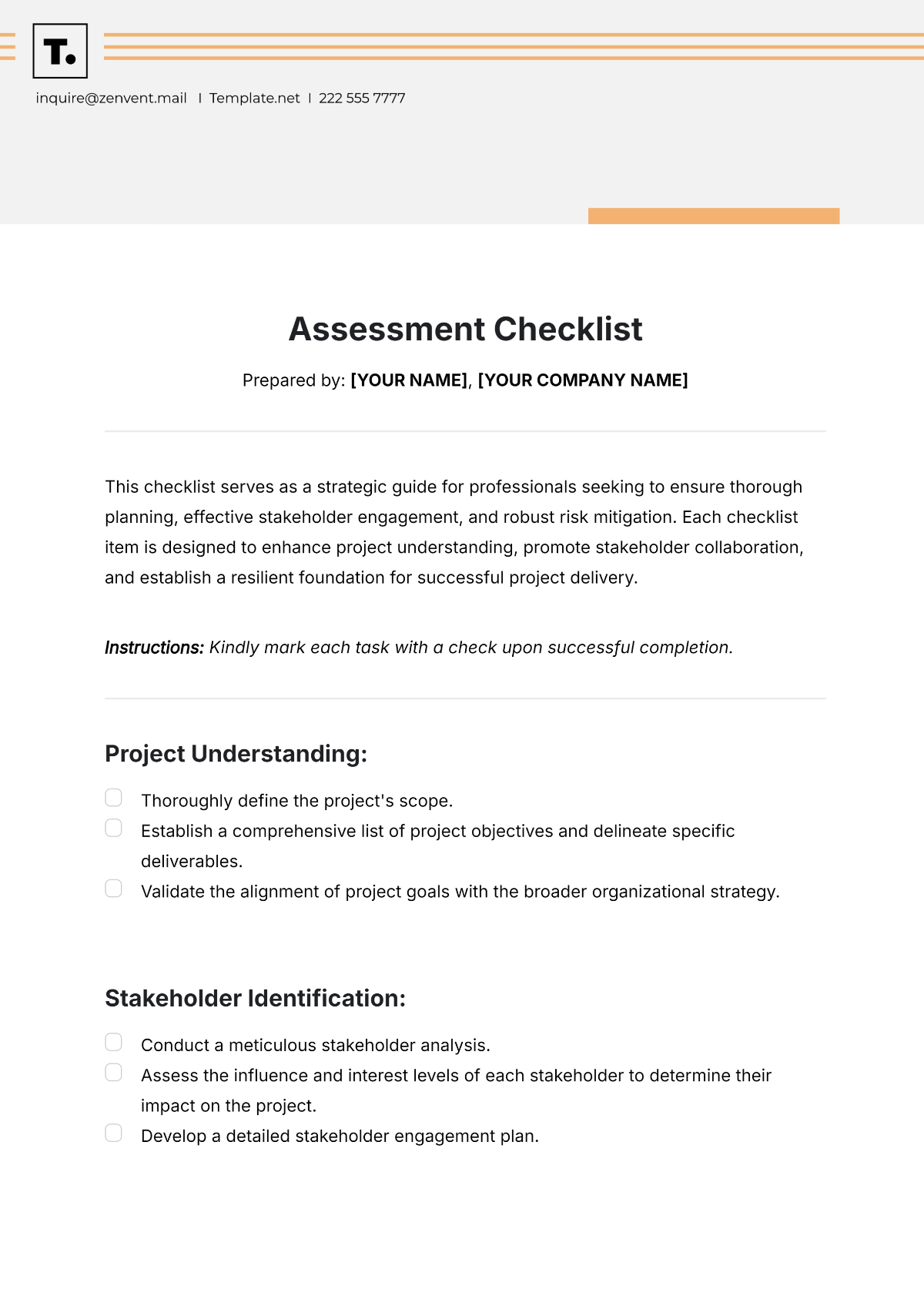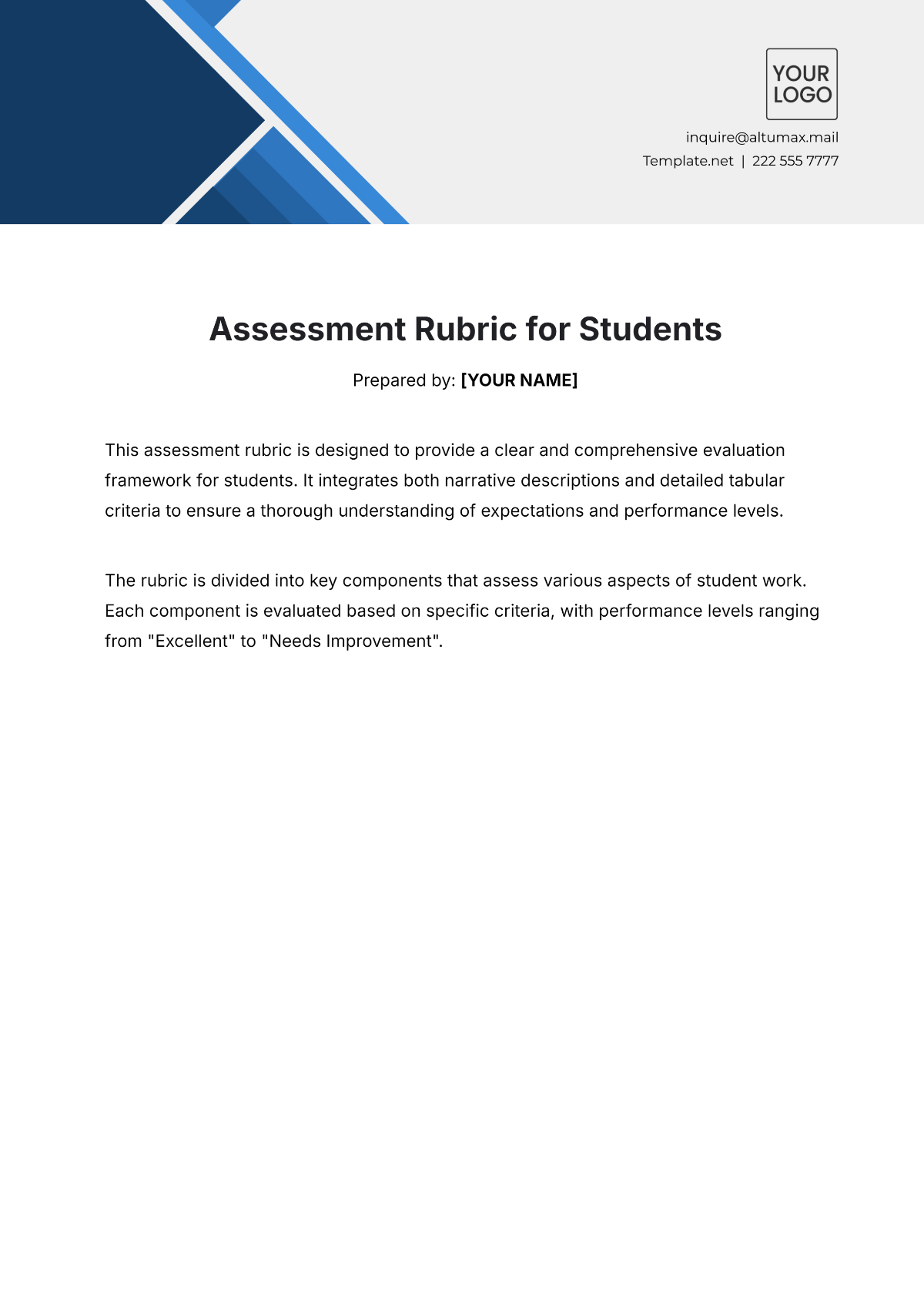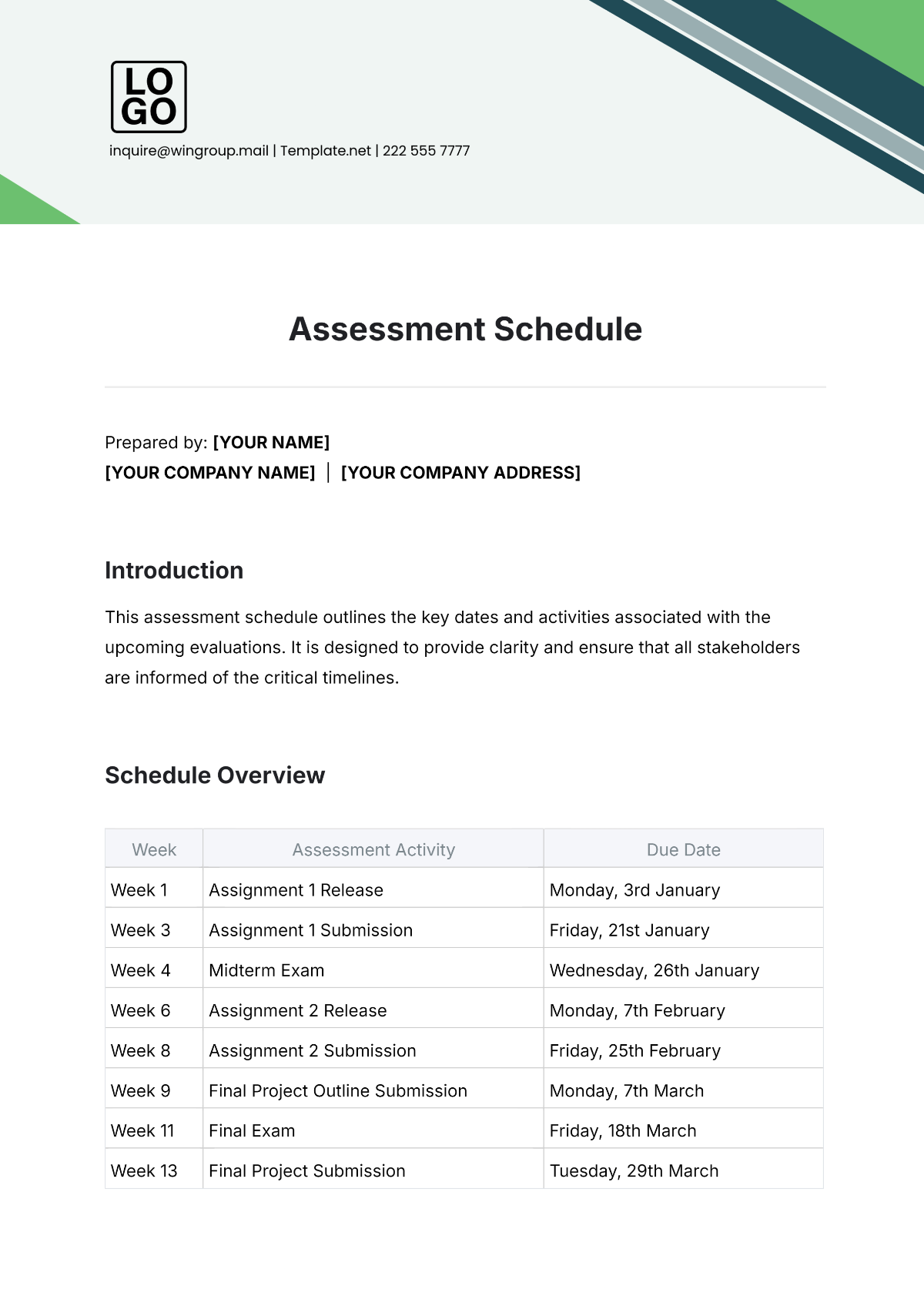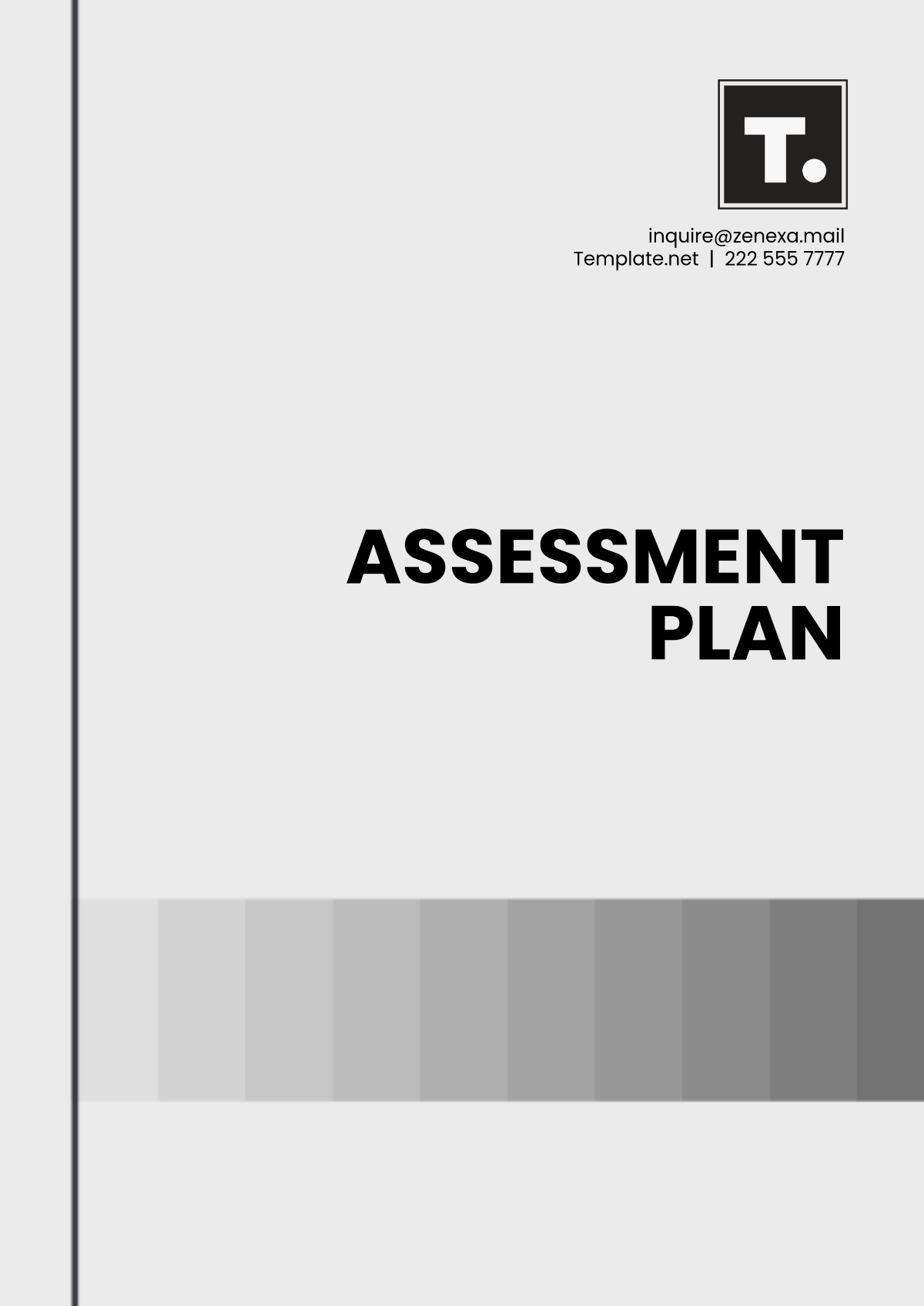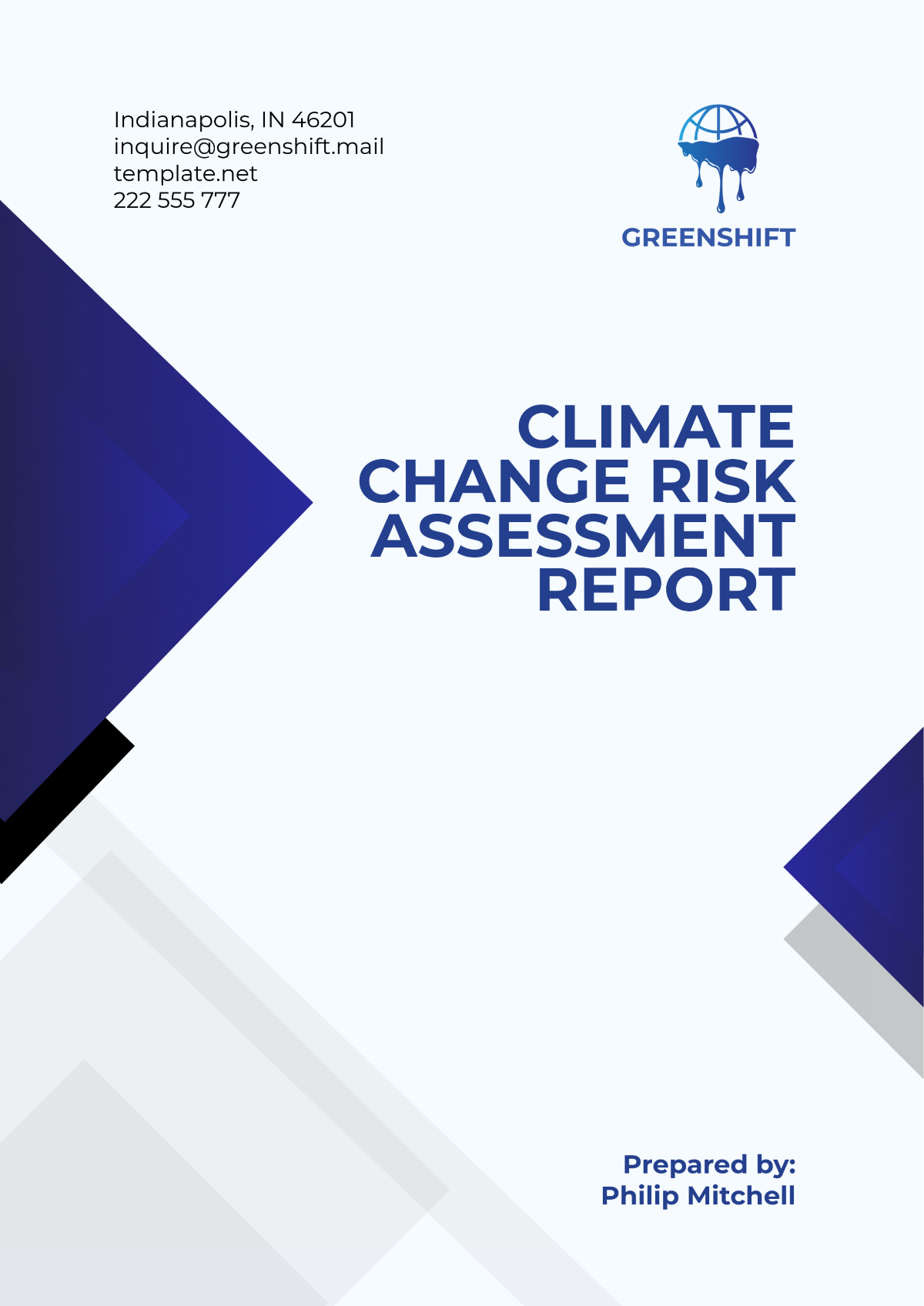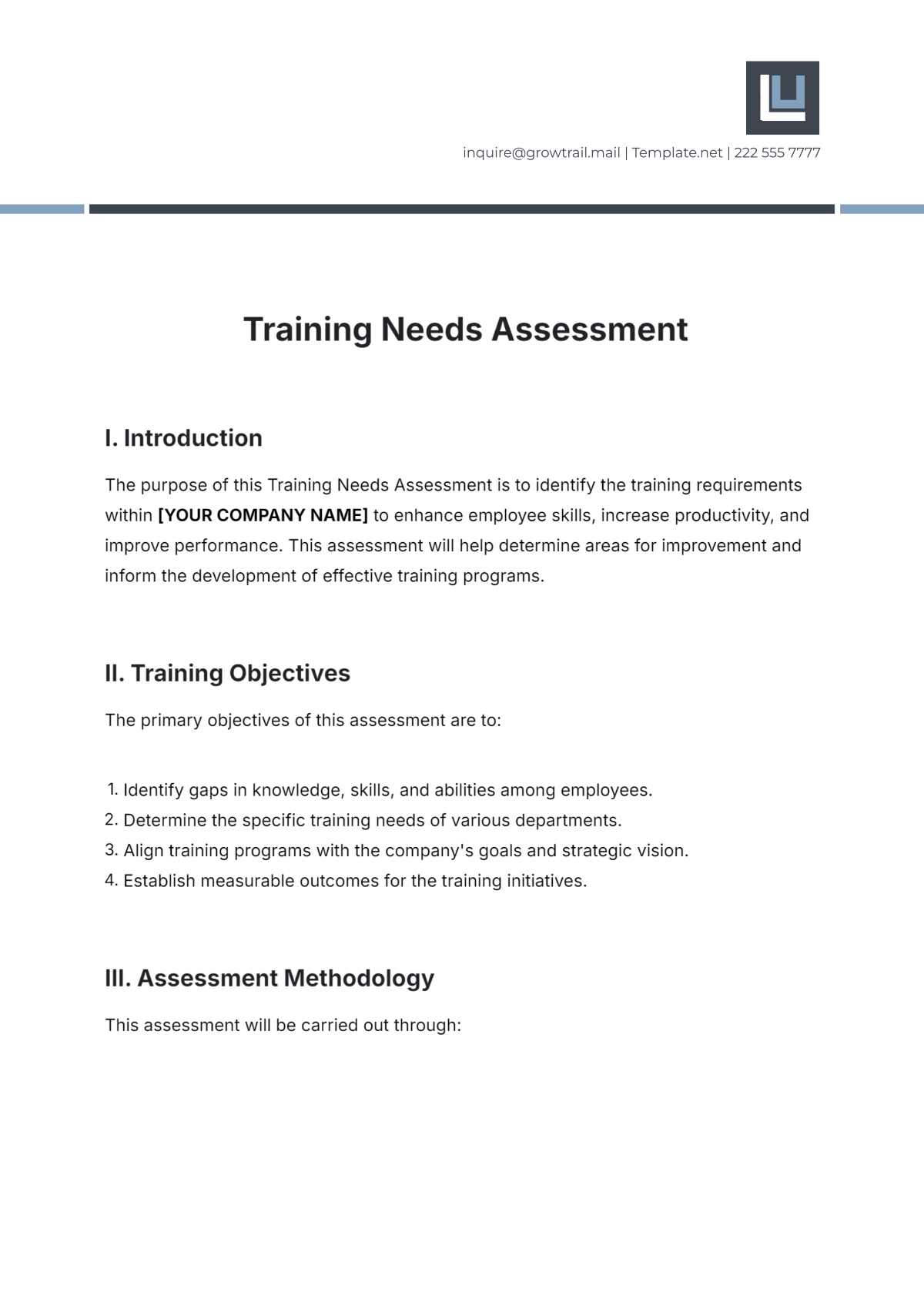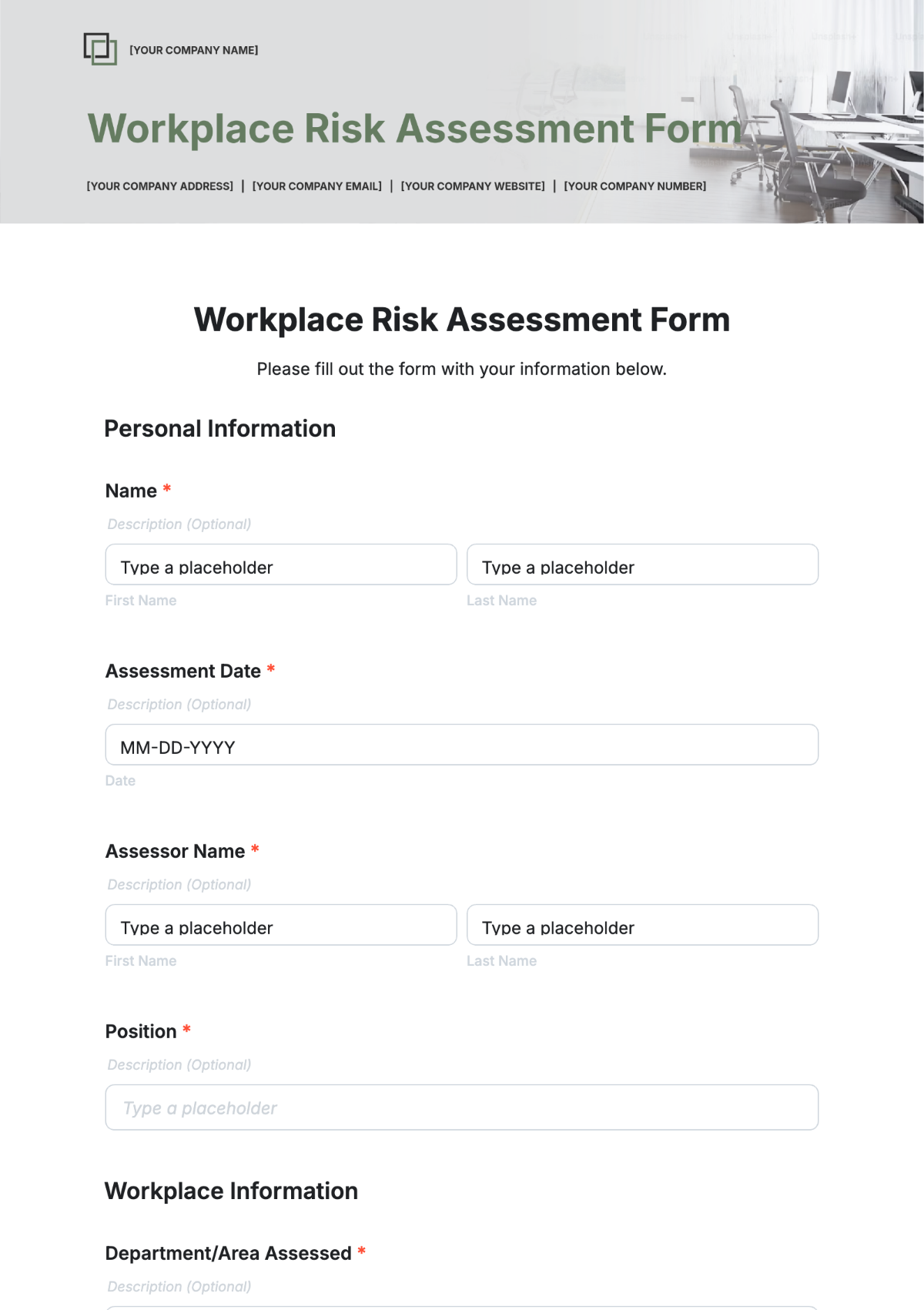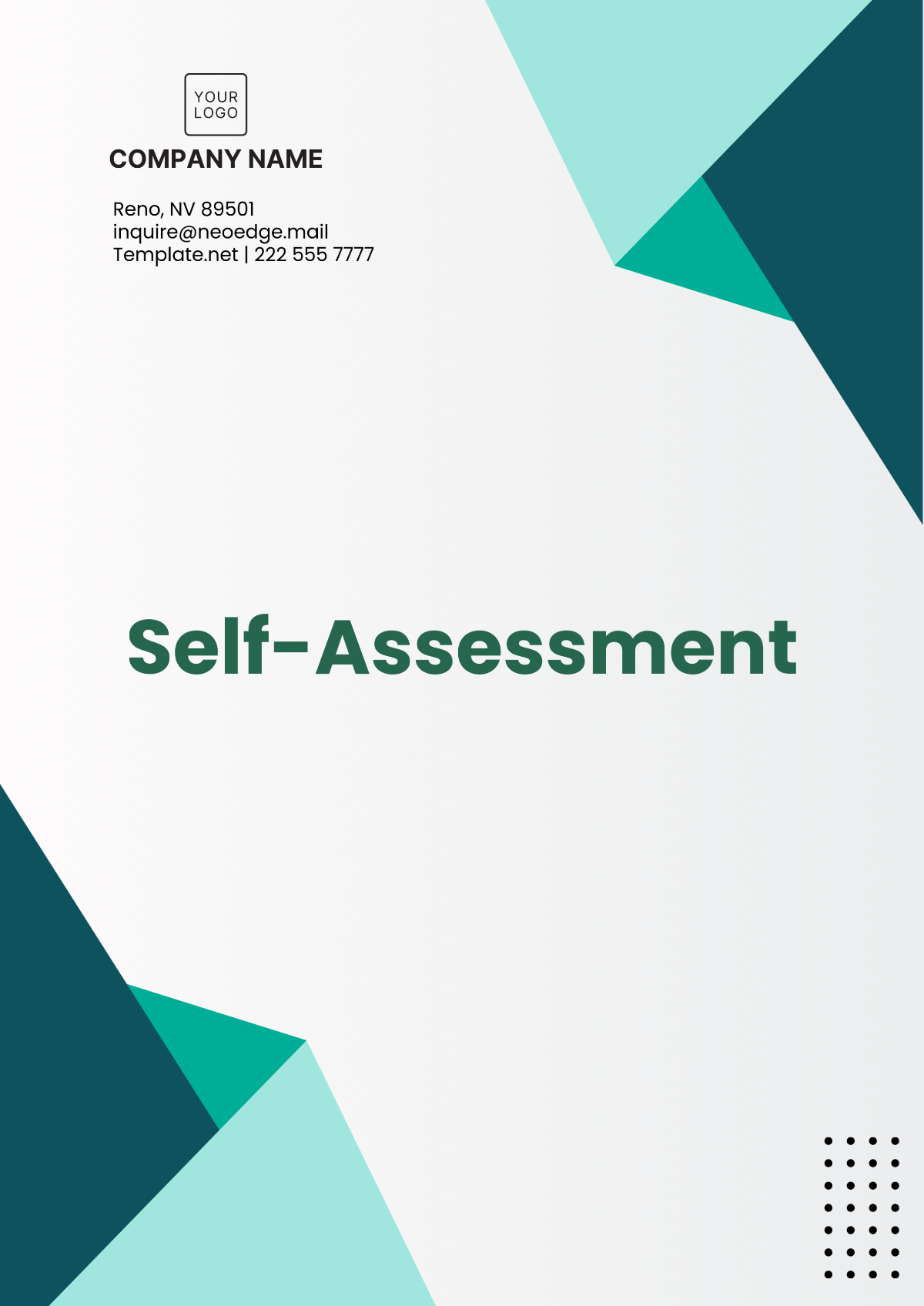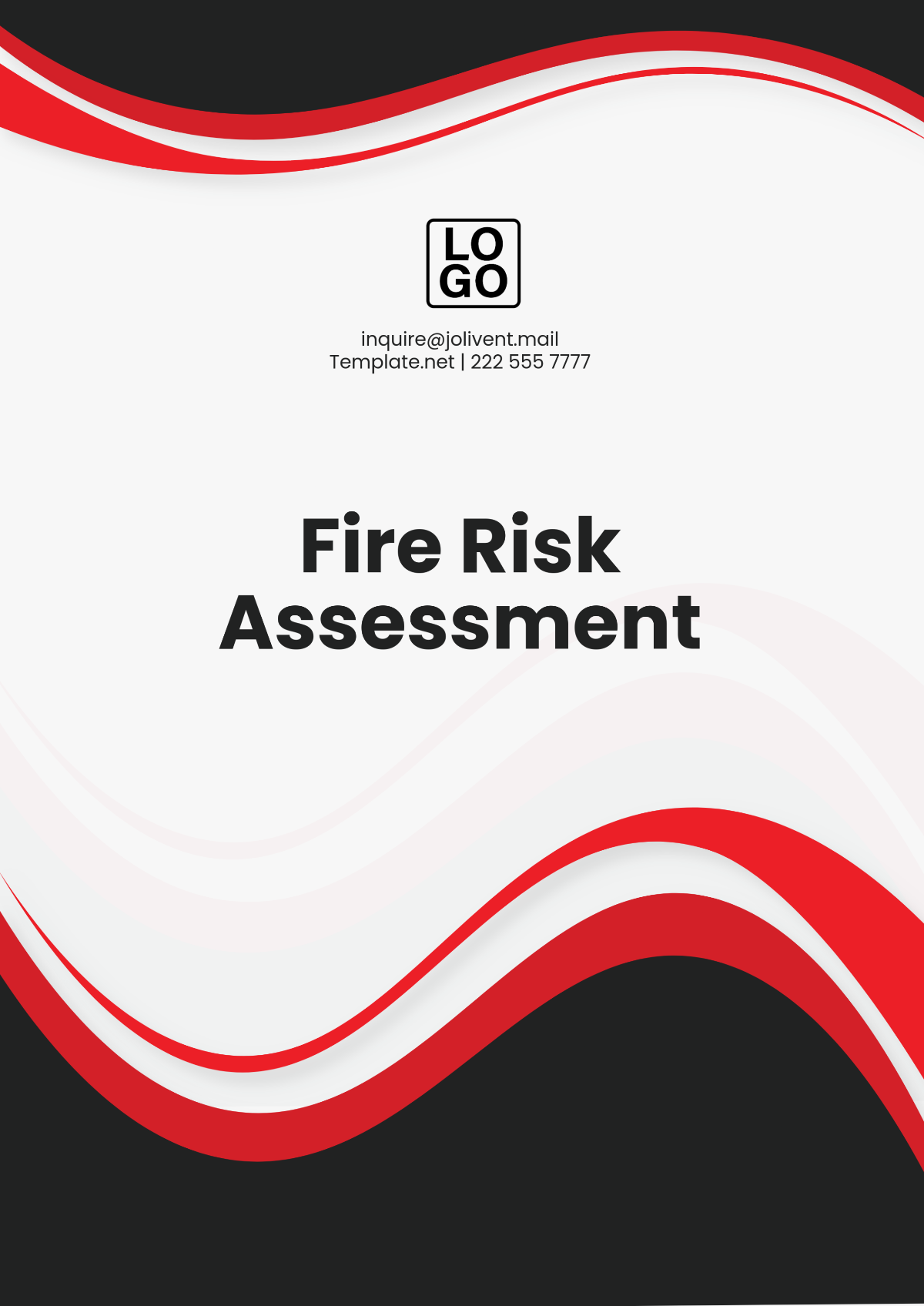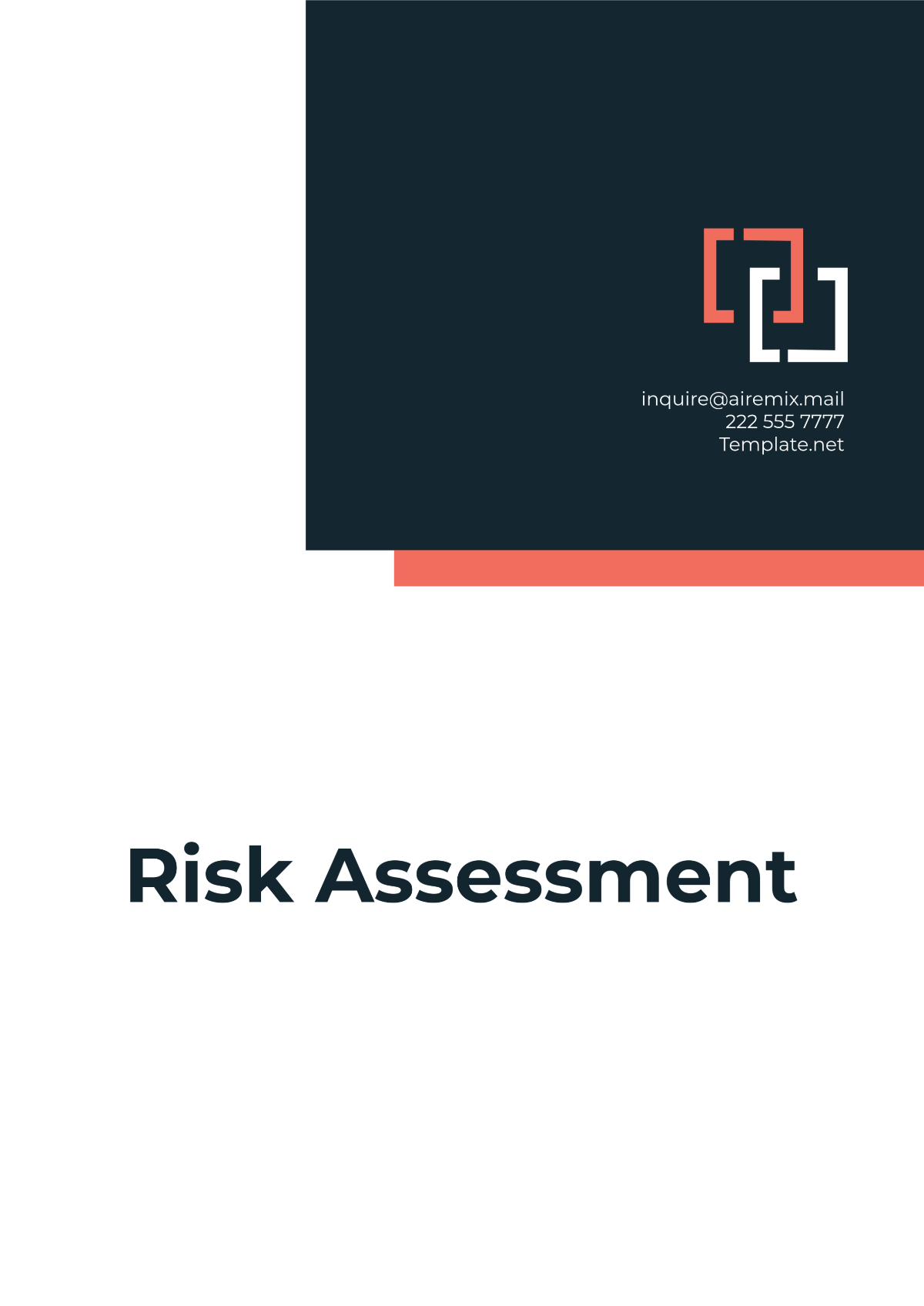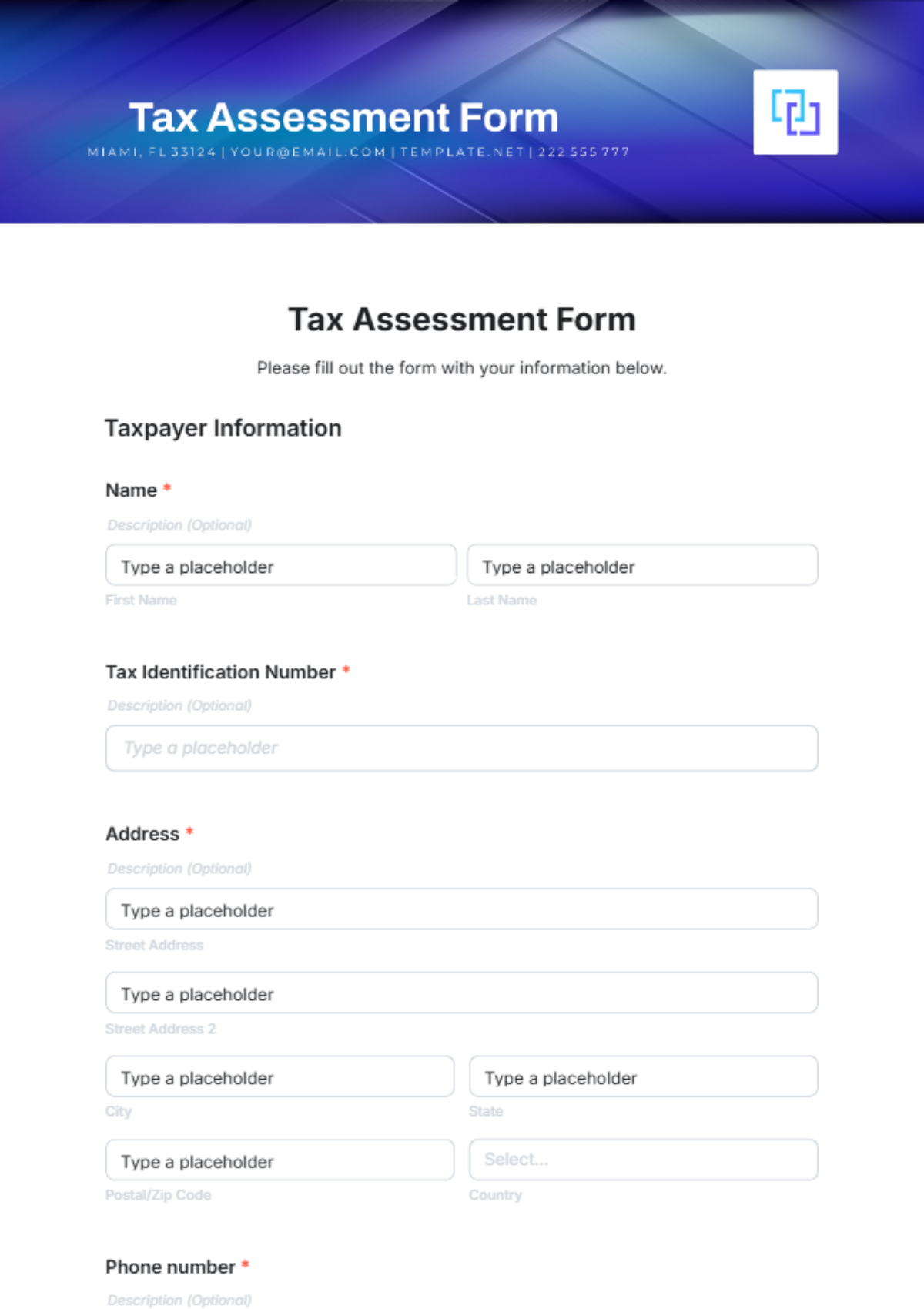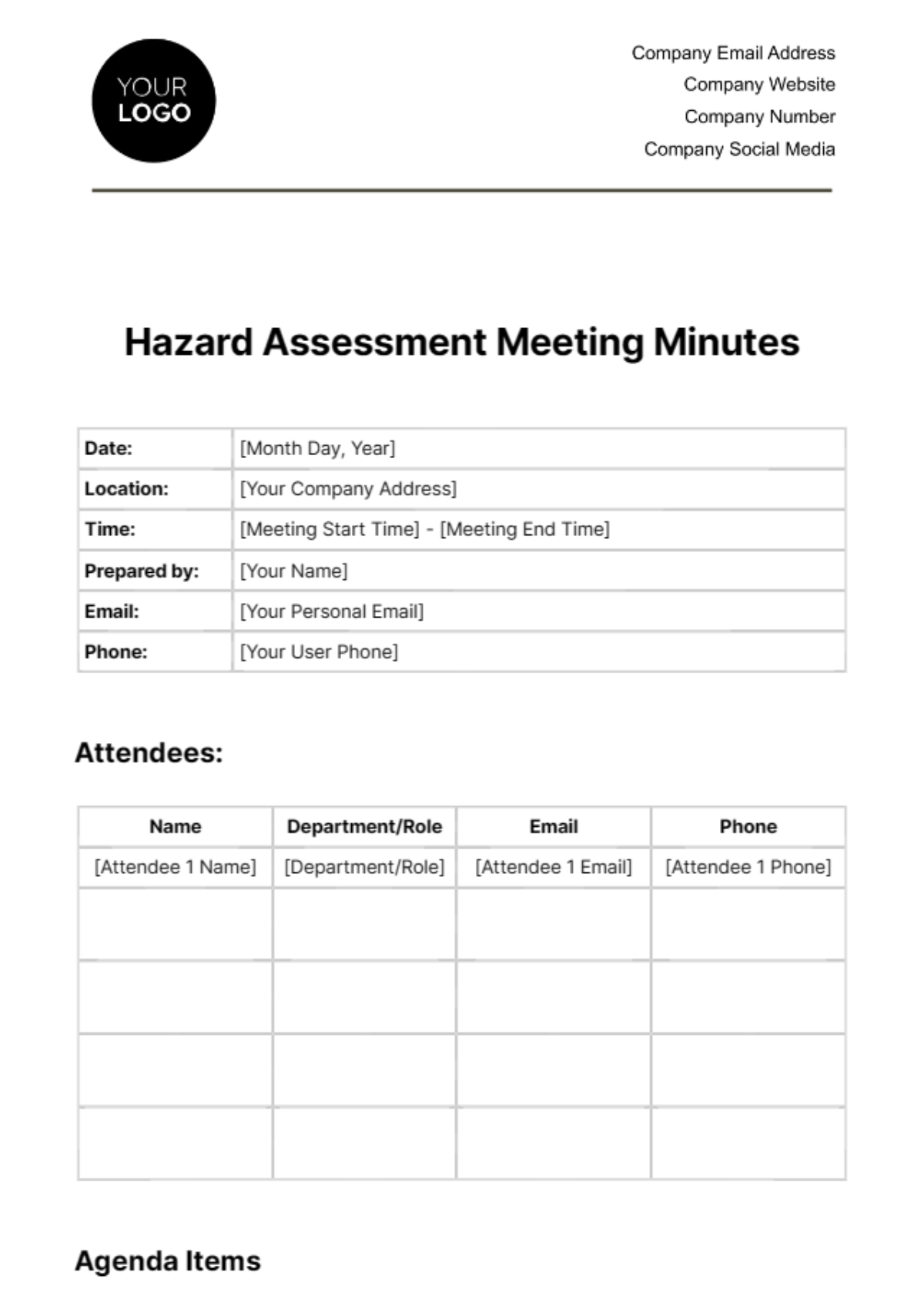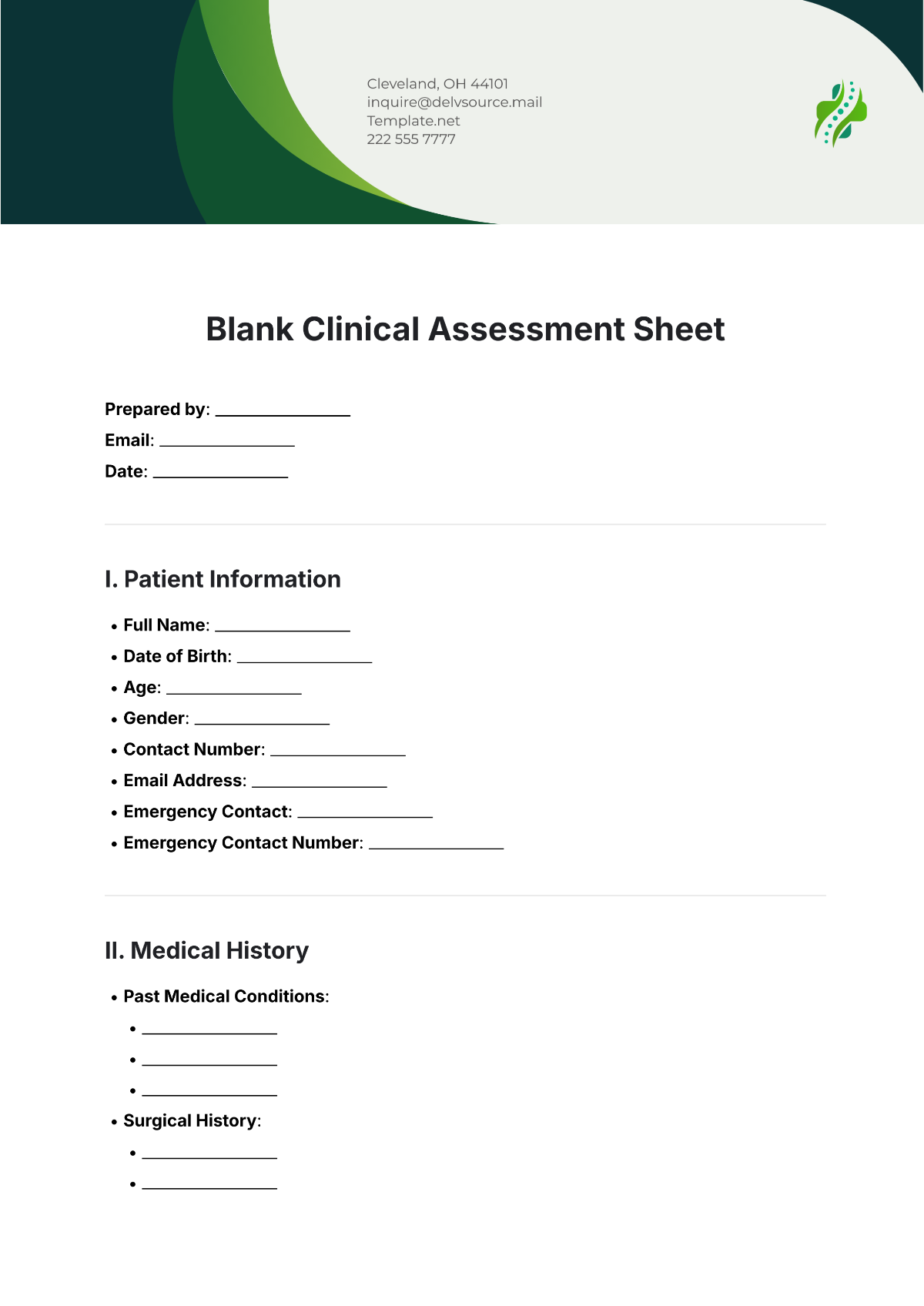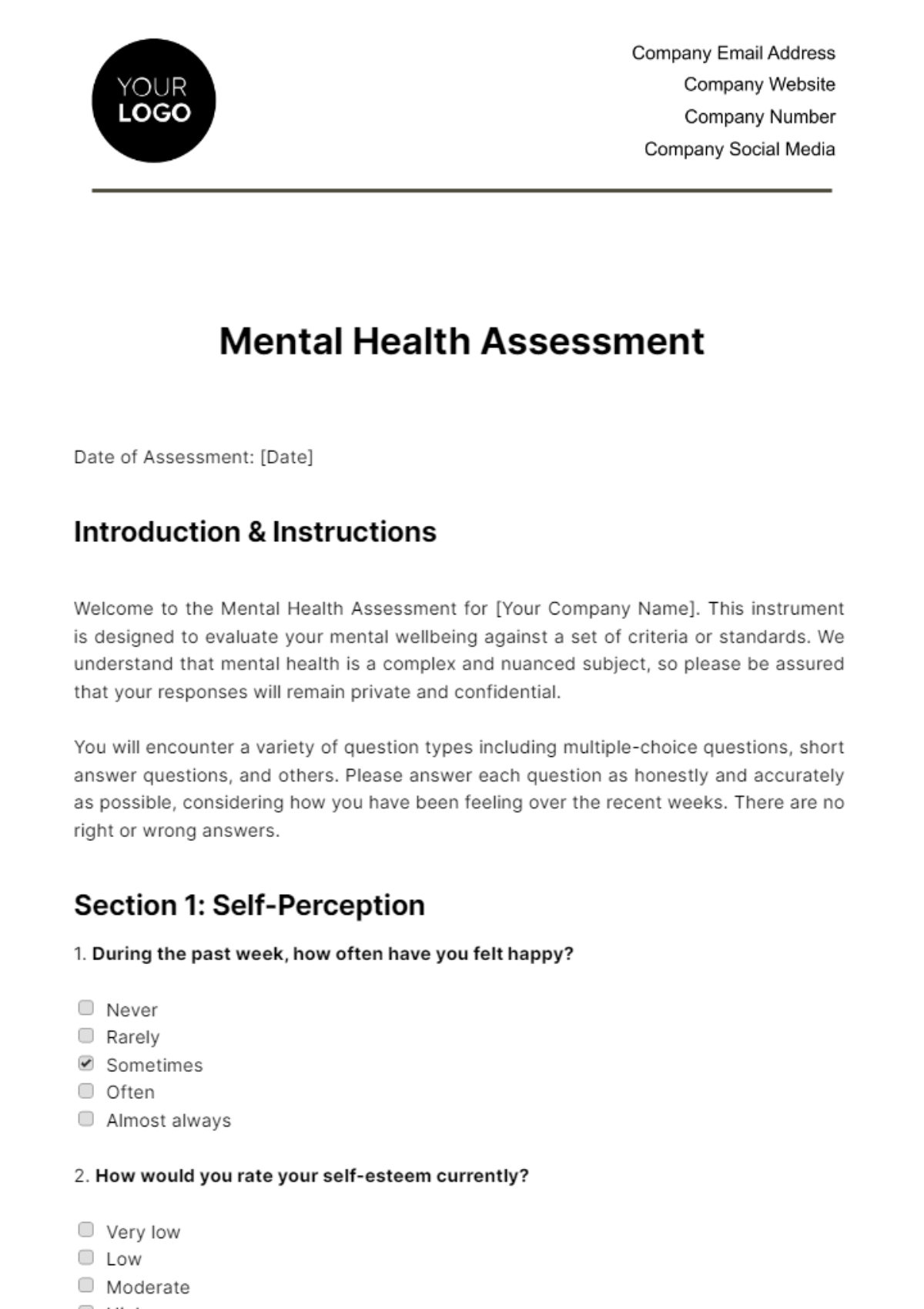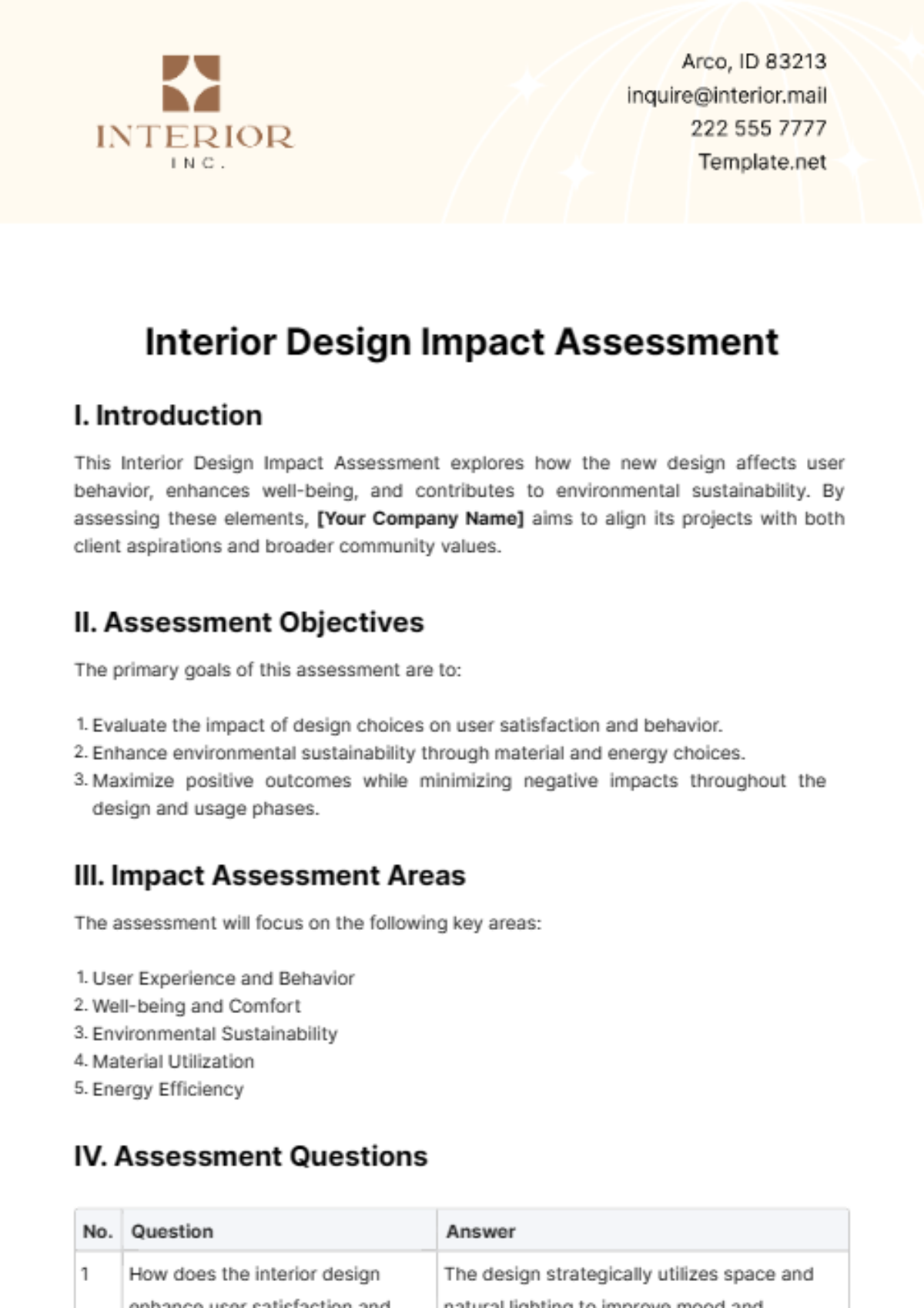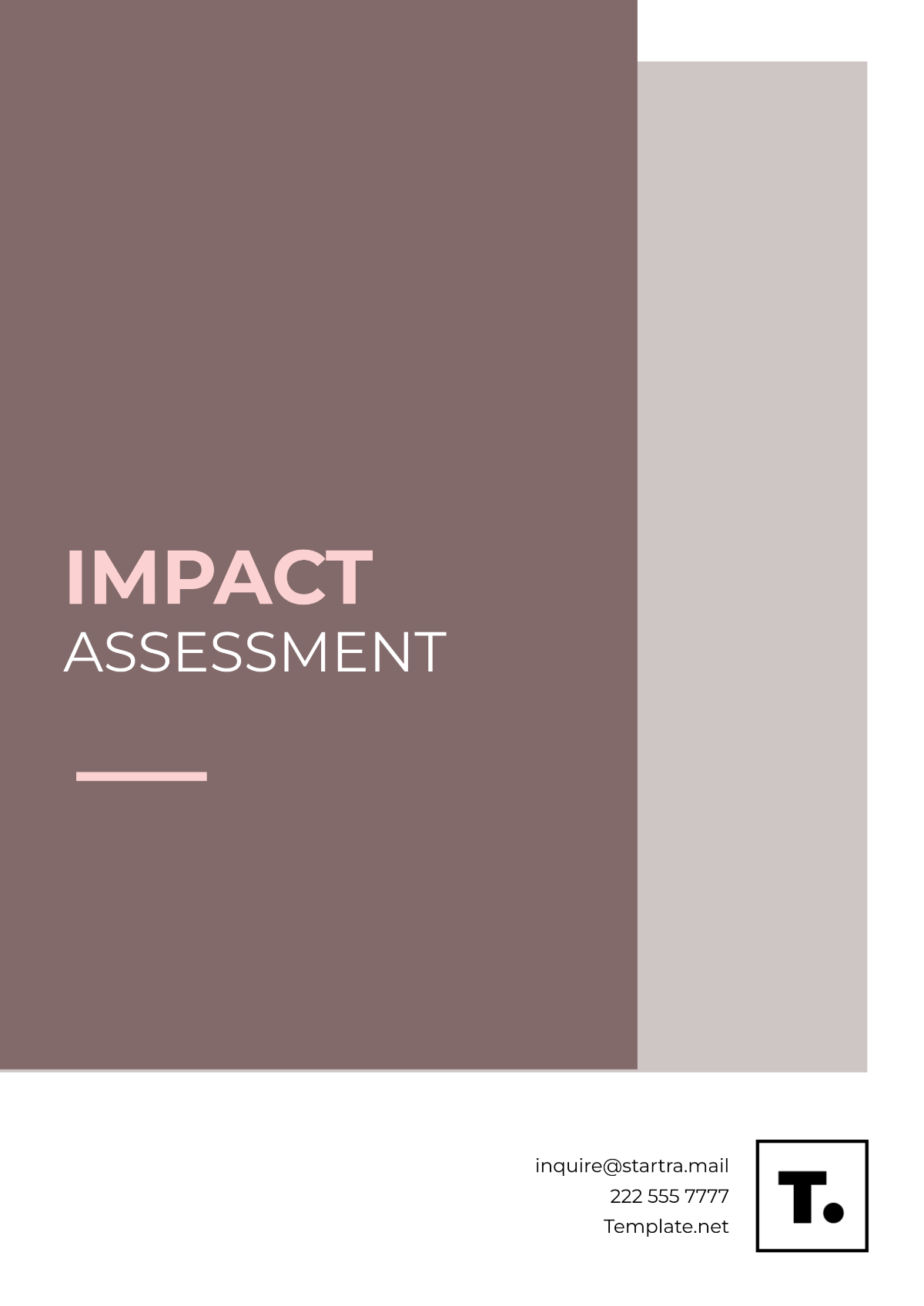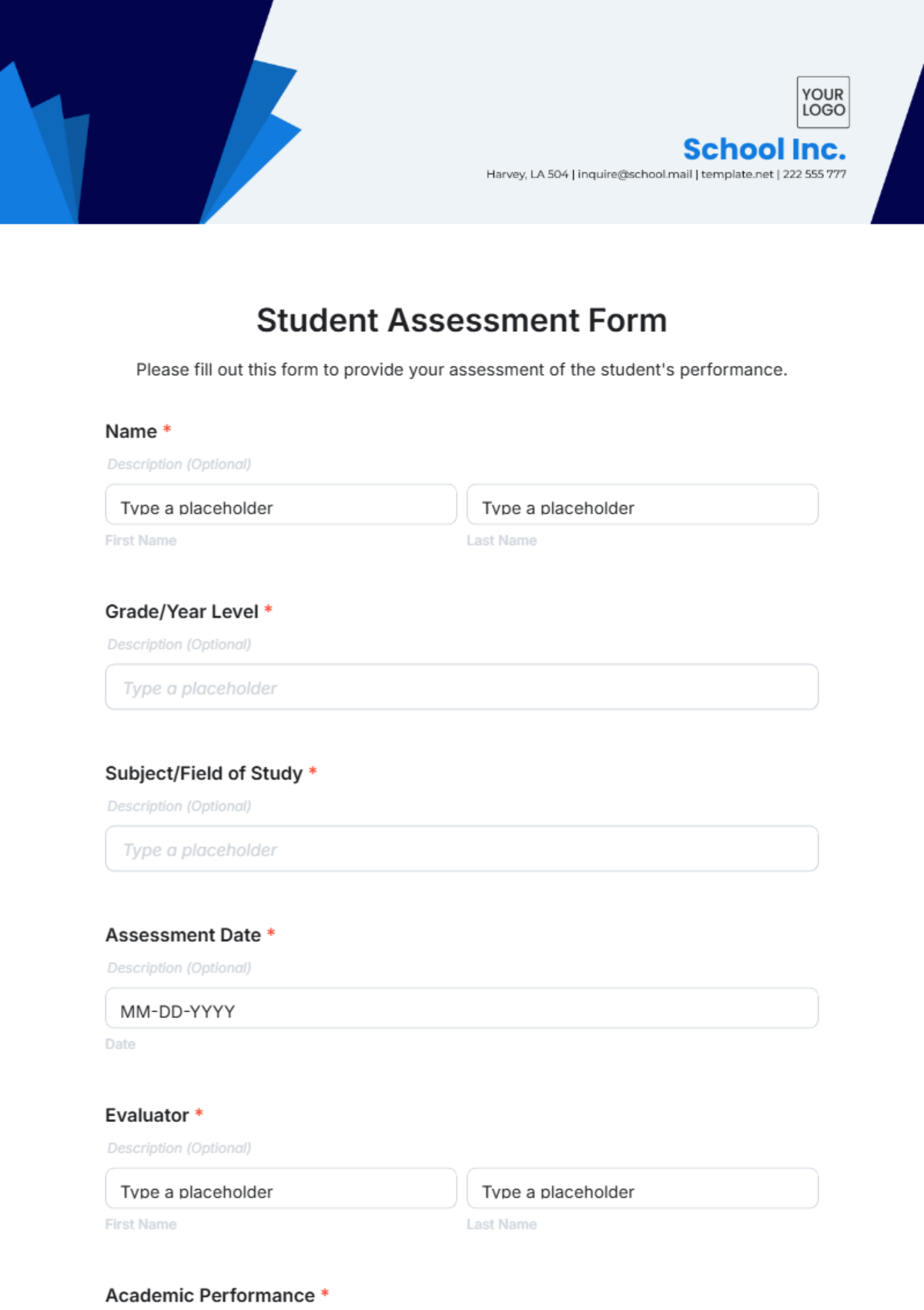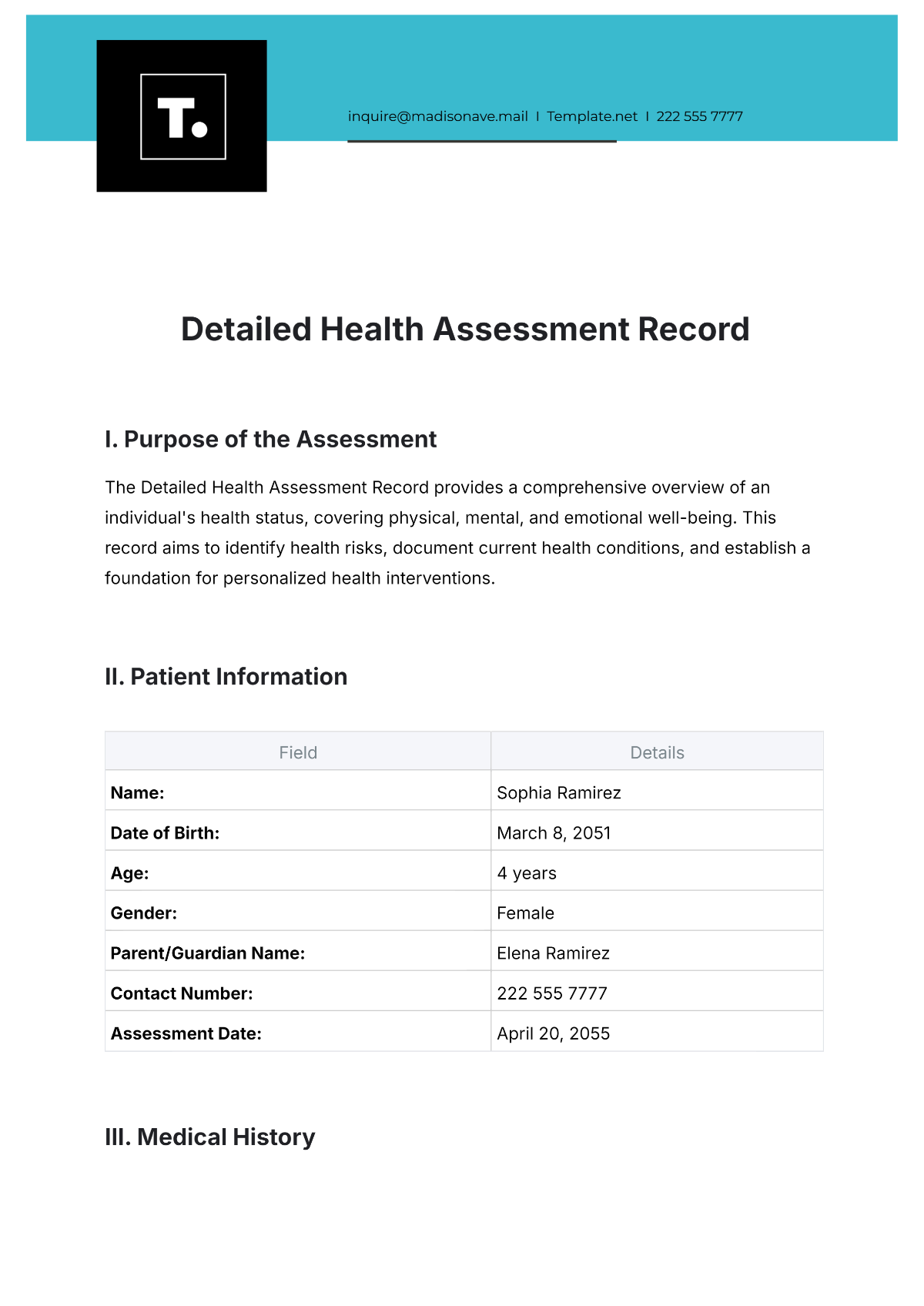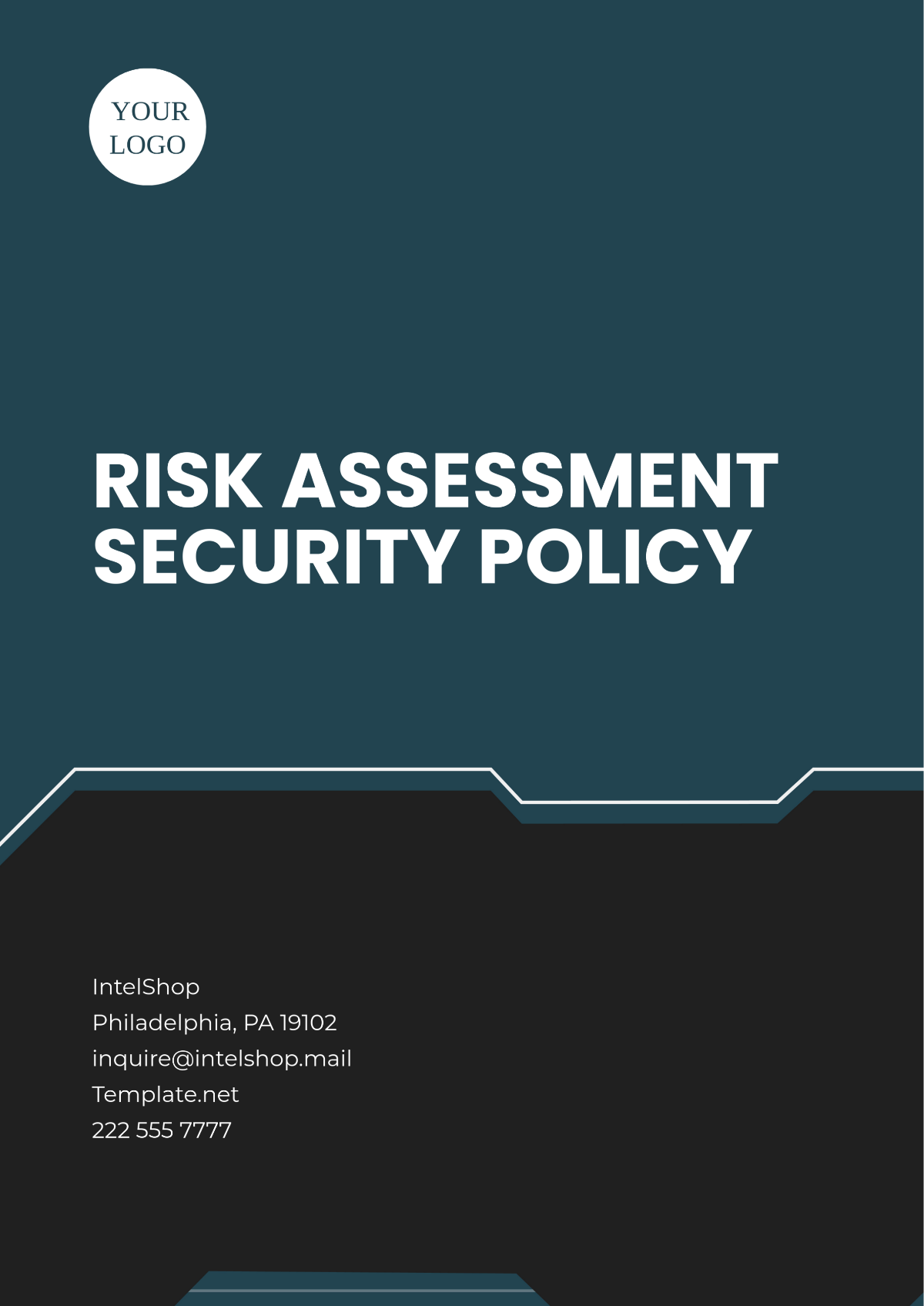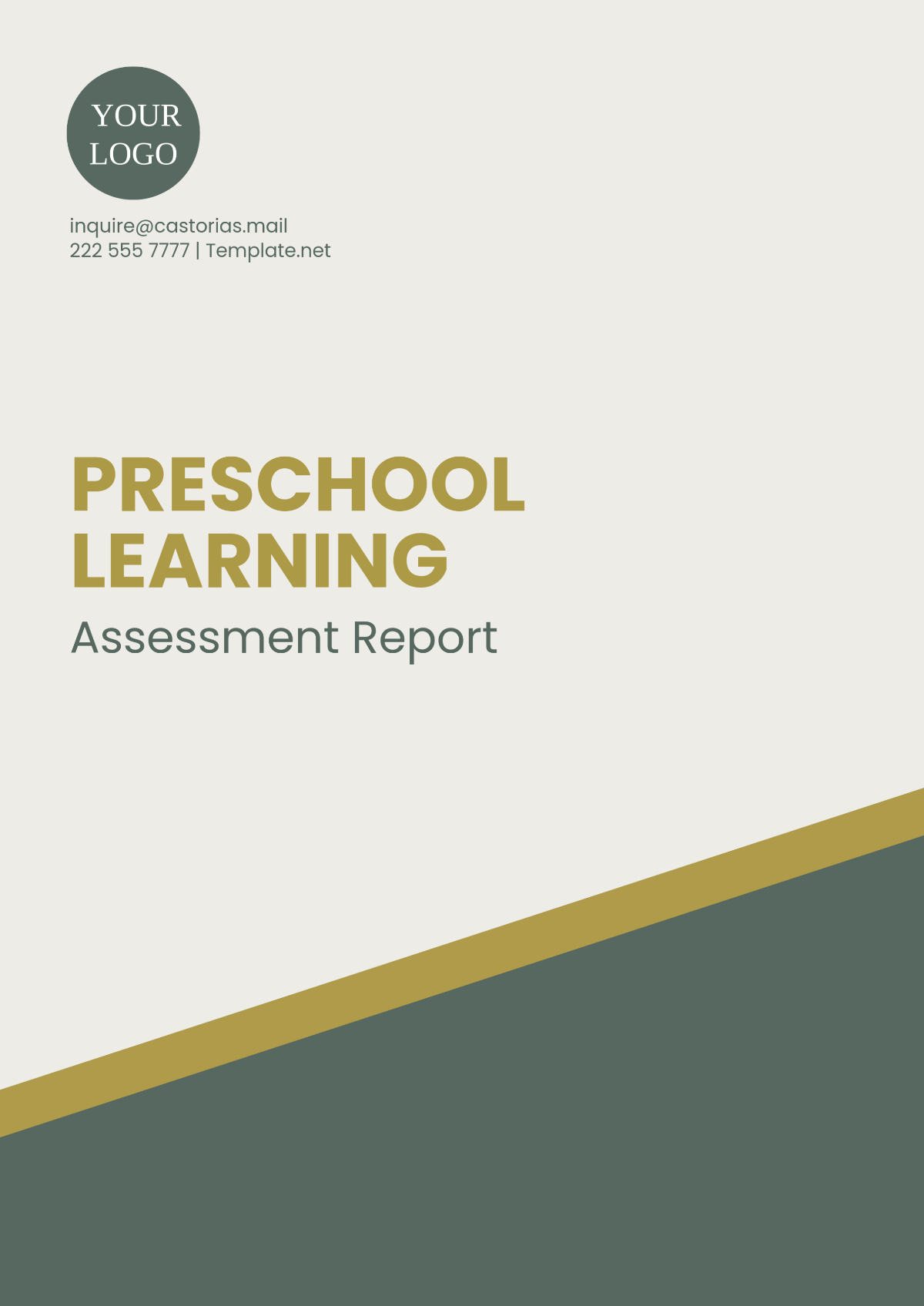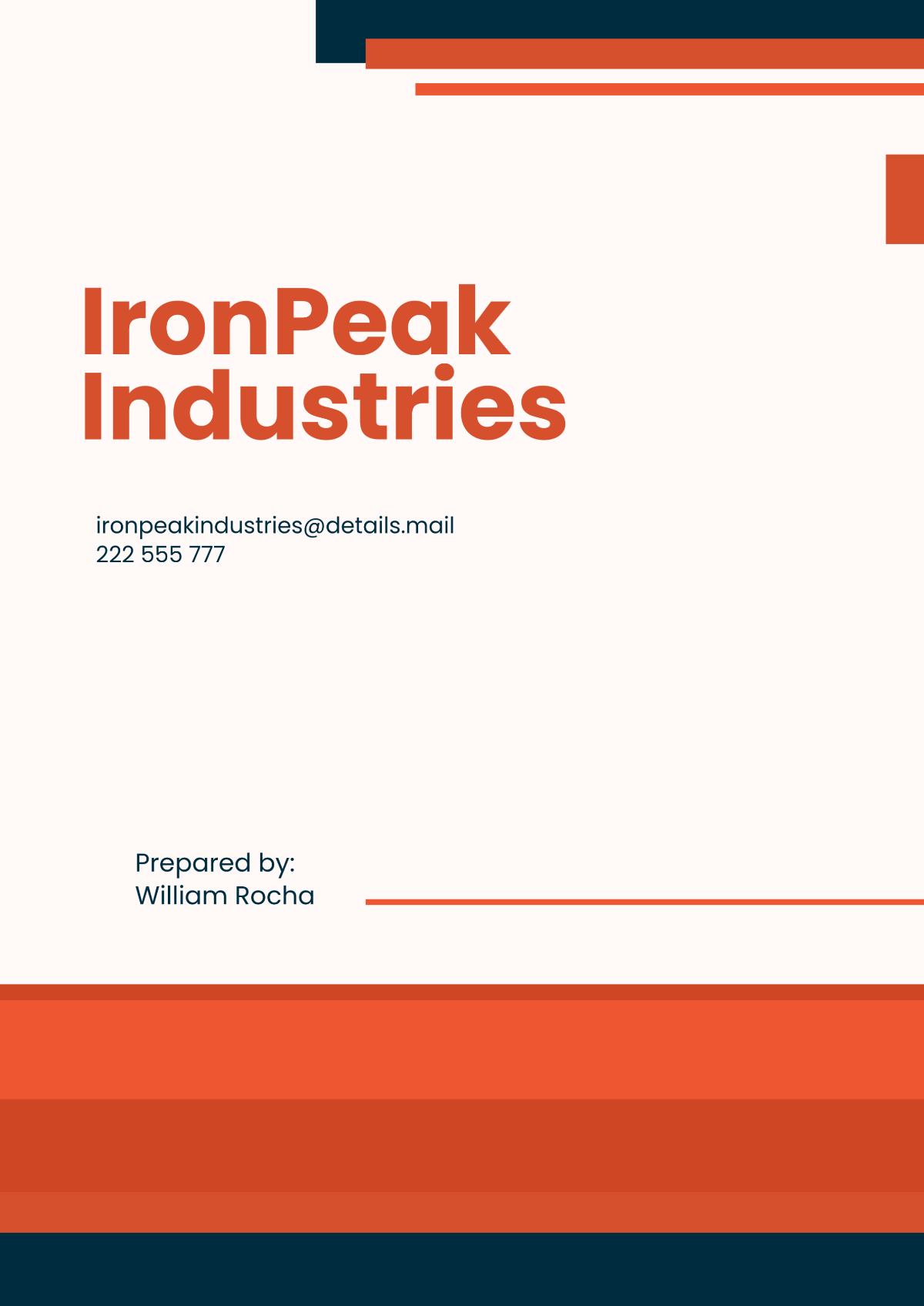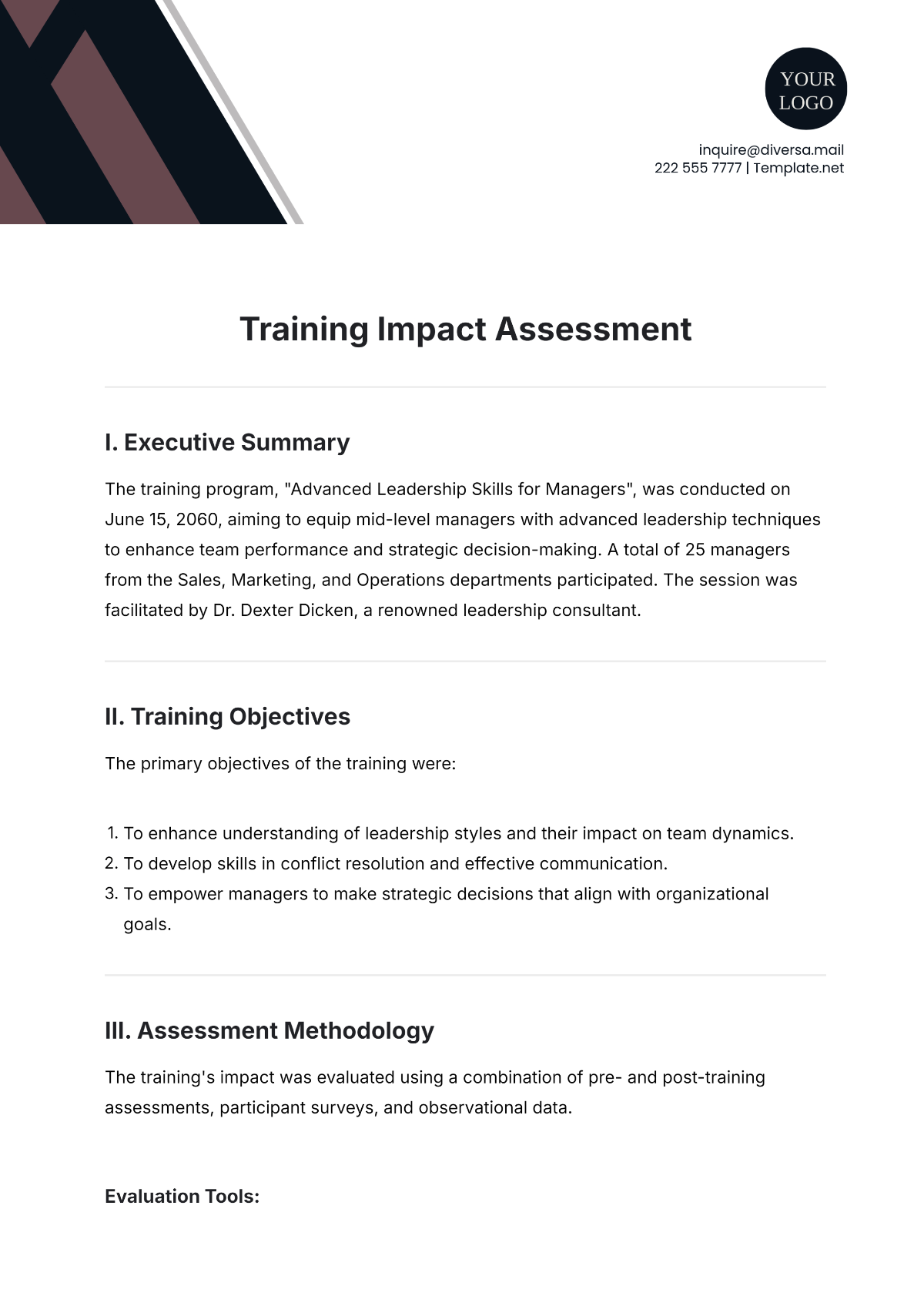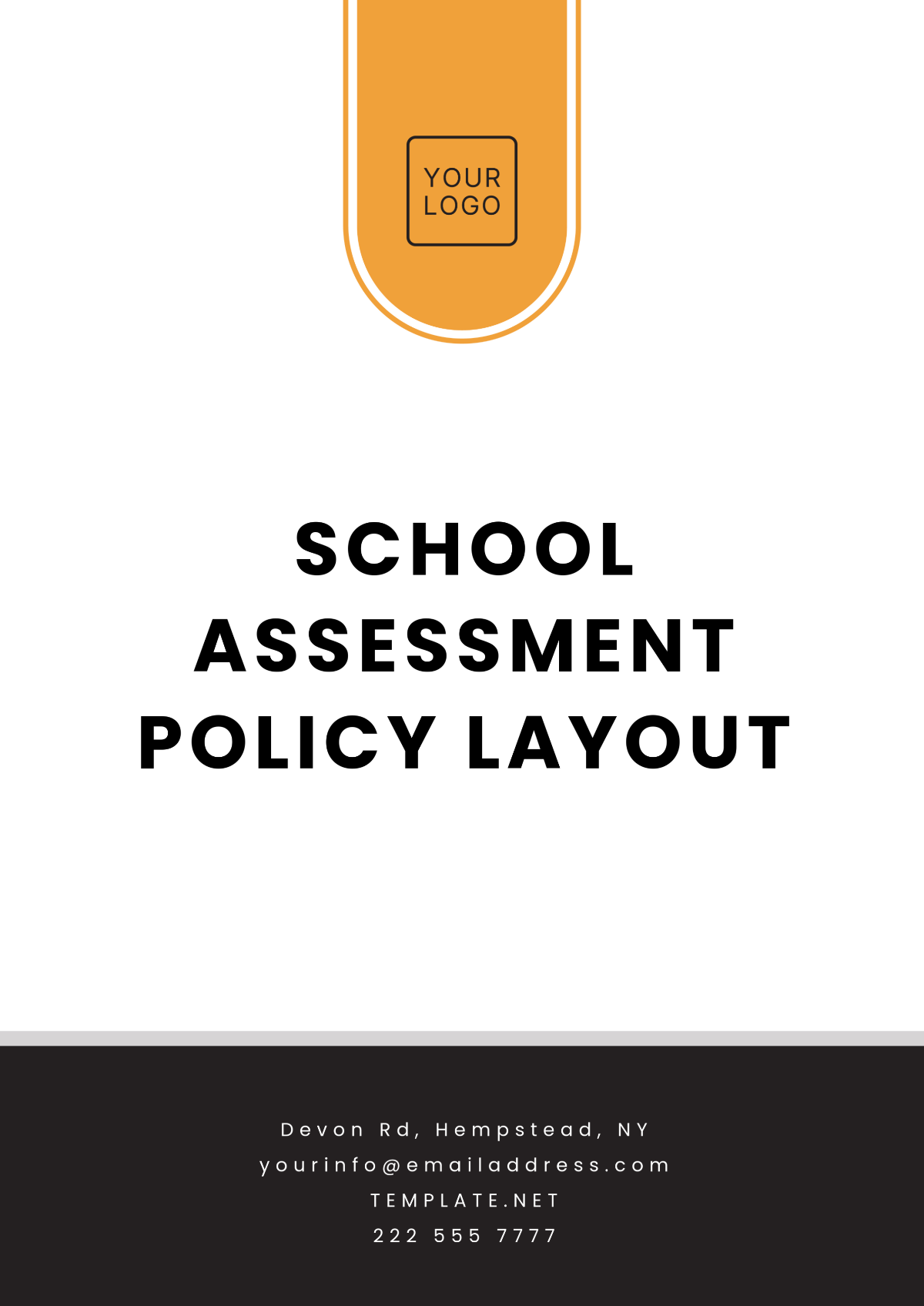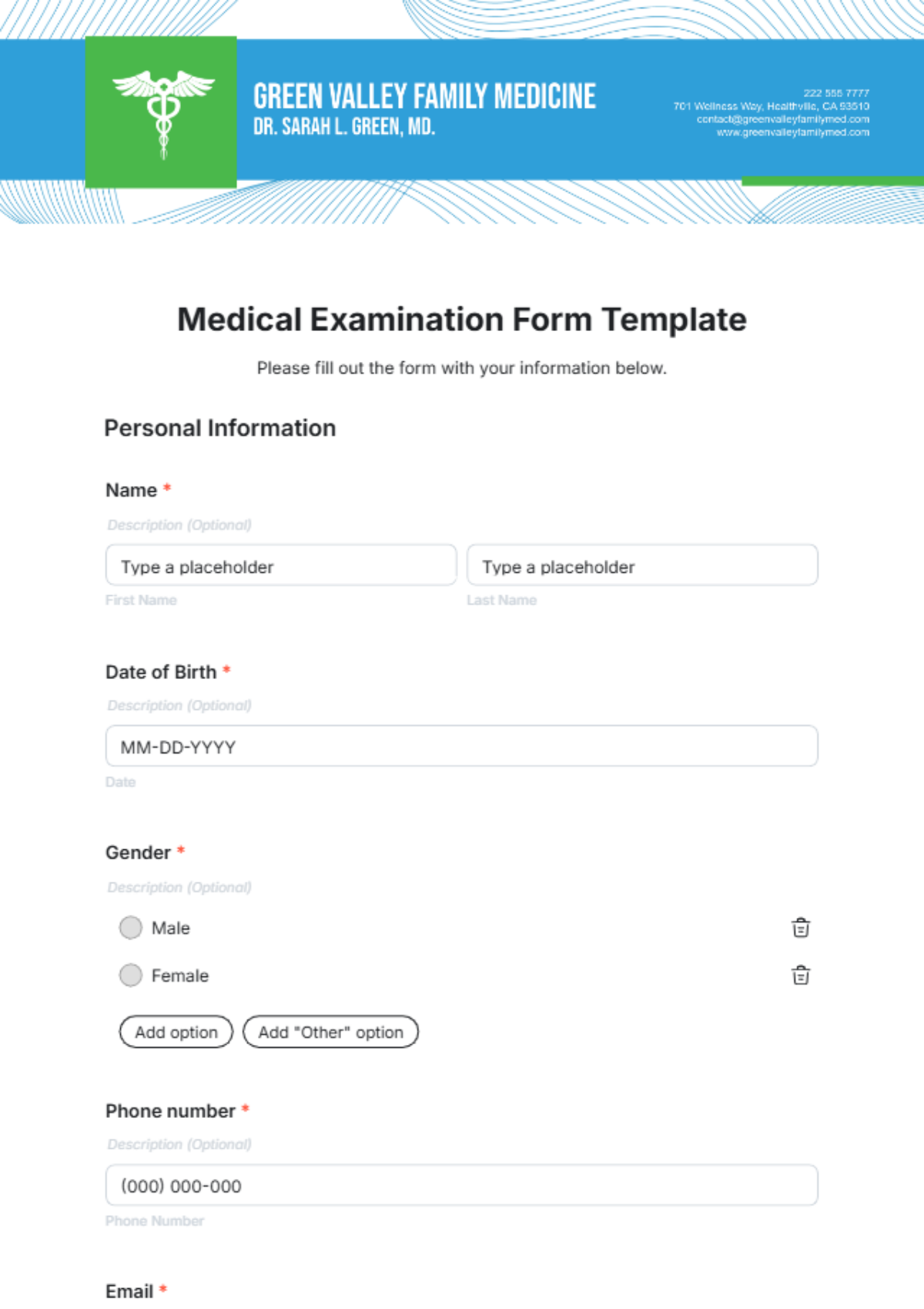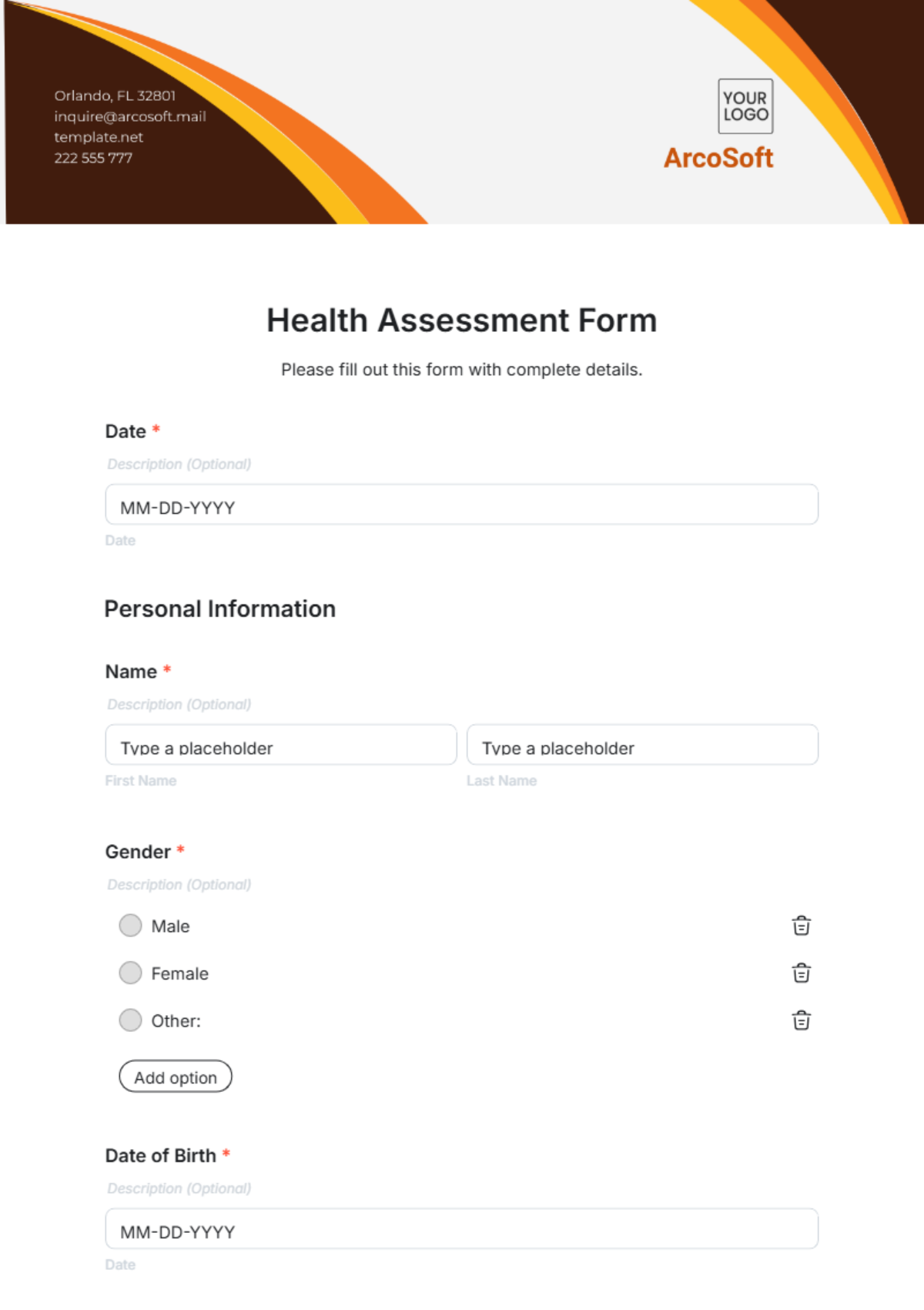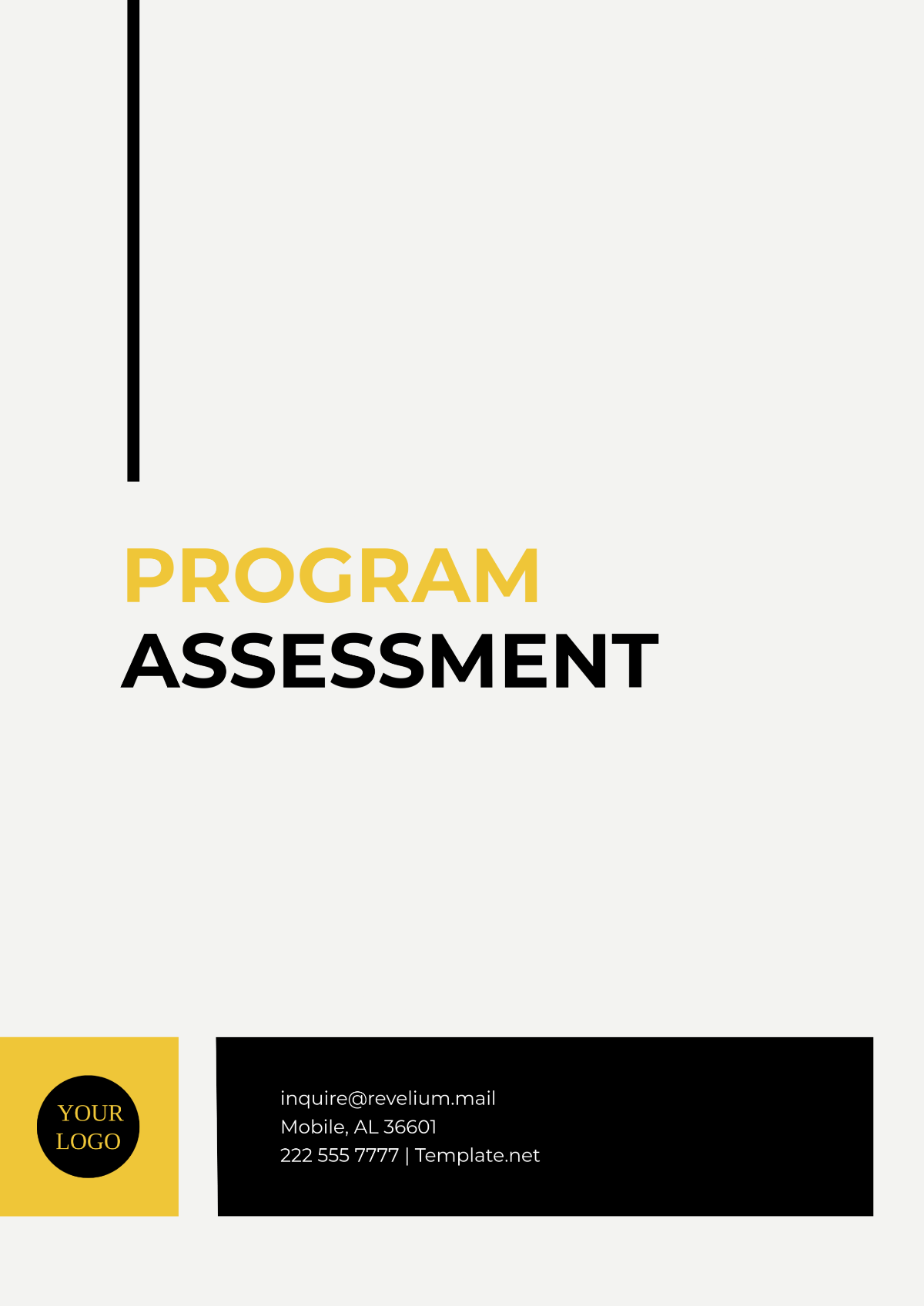Risk Assessment Work From Home Report
I. Introduction
The adoption of Work From Home (WFH) arrangements has surged in recent years, driven by technological advancements and significant global events, notably the COVID-19 pandemic. As organizations increasingly embrace remote work, it is vital to assess the associated risks and implement actionable strategies to mitigate these vulnerabilities. This report identifies key risks linked to WFH arrangements and proposes comprehensive strategies to enhance security, productivity, and collaboration in a remote work environment.
II. Identified Risks
1. Data Security
Data security remains a paramount concern in the WFH settings. When employees operate outside of a secured corporate network, the risk of data breaches, unauthorized access, and loss of sensitive information escalates.
Risk | Impact | Likelihood | Mitigation |
|---|---|---|---|
Data Breach | High | Medium | Implement VPNs and data encryption |
Unauthorized Access | High | High | Utilize multi-factor authentication |
Loss of Sensitive Information | Medium | Low | Conduct regular backups and secure storage |
2. Productivity
Productivity can be compromised in a WFH environment due to various factors, such as distractions, lack of structured supervision, and potential ergonomic issues.
Distractions: Home environments often present numerous distractions, affecting employees' focus and efficiency.
Lack of Supervision: Without direct oversight, some employees may struggle to sustain their productivity levels.
Ergonomic Issues: Improper workstation setups can lead to physical discomfort and long-term health issues, ultimately diminishing productivity.
3. Communication and Collaboration
Effective communication and collaboration are critical in any organizational setting. WFH can create barriers to these essential functions, often due to limited face-to-face interactions and a reliance on digital communication tools.
Risk | Impact | Likelihood | Mitigation |
|---|---|---|---|
Miscommunication | Medium | Medium | Schedule regular virtual meetings |
Reduced Collaboration | High | High | Employ collaboration tools (e.g., Slack, Microsoft Teams) |
III. Risk Mitigation Strategies
1. Technological Measures
Implementing robust technological solutions is essential for mitigating WFH risks, particularly those related to data security and communication.
Virtual Private Networks (VPNs): Mandate the use of VPNs for all employees to secure their internet connections and safeguard data.
Multi-Factor Authentication: Require multiple forms of authentication to enhance security for accessing company resources.
Regular Software Updates: Ensure all software and systems are kept current to protect against vulnerabilities.
2. Employee Training and Awareness
Training employees on best practices for WFH is crucial for minimizing risks related to security, productivity, and communication.
Security Training: Provide education on recognizing phishing attempts, handling data securely, and reporting suspicious activities.
Productivity Workshops: Offer resources and training to help employees maintain productivity while working remotely.
Communication Guidelines: Establish clear guidelines for effective digital communication, including response times and preferred tools.
3. Organizational Policies
Developing and enforcing clear policies can significantly support secure and efficient WFH practices.
Policy | Purpose | Implementation |
|---|---|---|
Remote Work Policy | Outline expectations and responsibilities of remote employees | Disseminate through company channels; ensure acknowledgment from employees |
Data Handling Policy | Set standards for managing and securing sensitive information | Provide training sessions and conduct regular audits |
Communication Policy | Establish protocols for effective virtual communication | Regularly review and update based on feedback and new tools |
IV. Conclusion
The transition to WFH presents several risks, yet through comprehensive risk assessment and the implementation of targeted mitigation strategies, organizations can enhance the security, productivity, and collaboration of their remote workforce. By adhering to these recommendations, companies can foster a sustainable and efficient remote working environment, ultimately ensuring operational resilience in the face of developing challenges.
